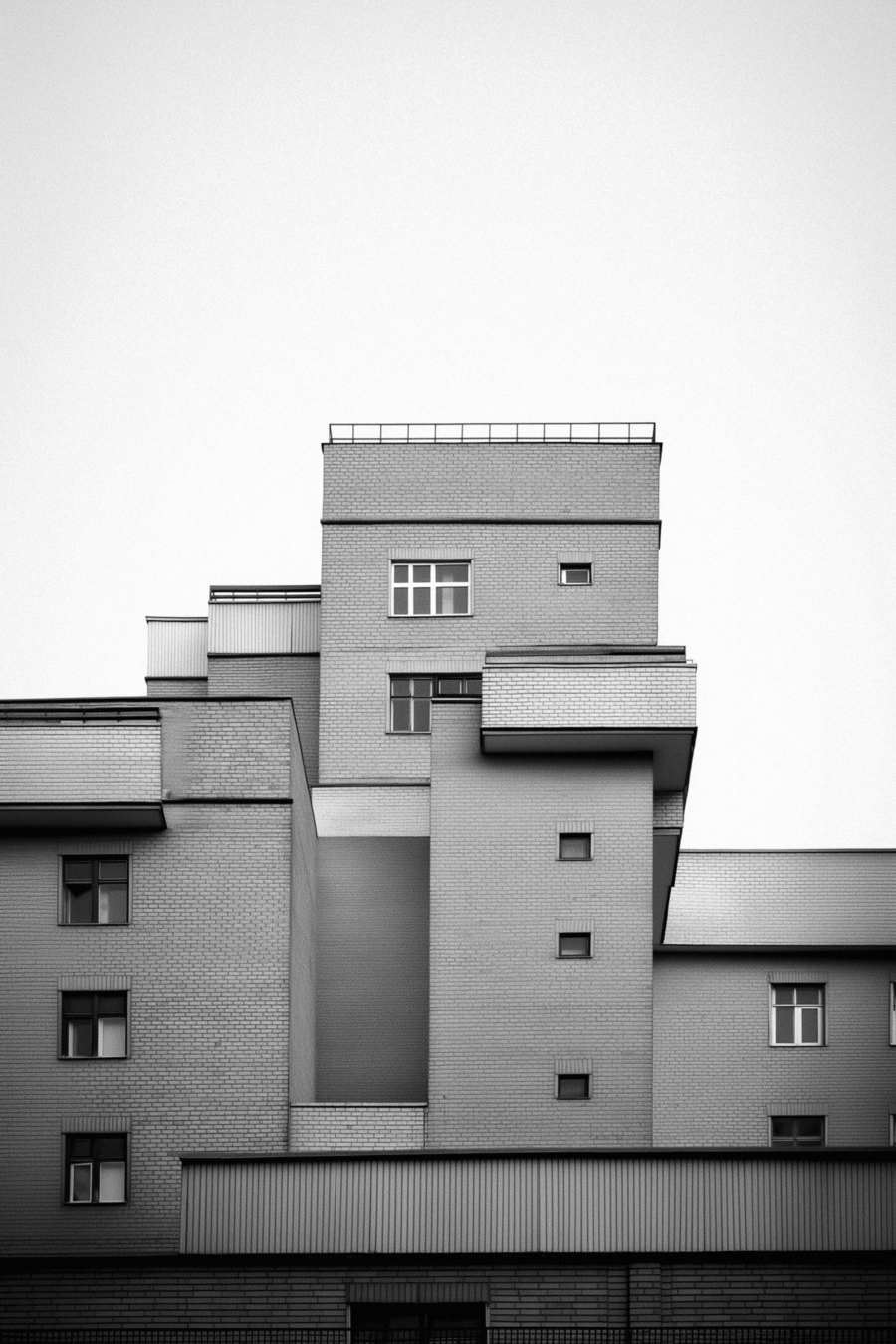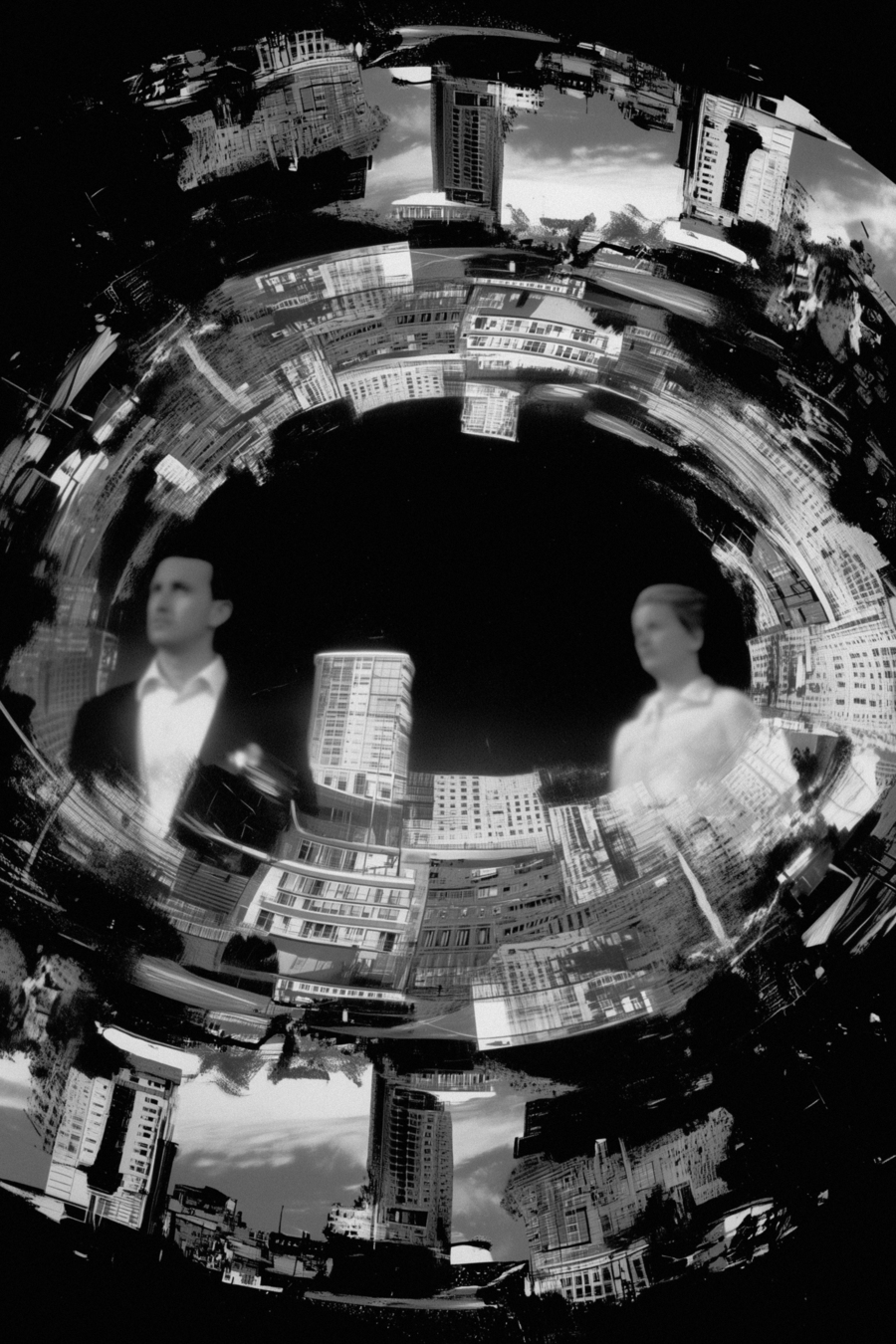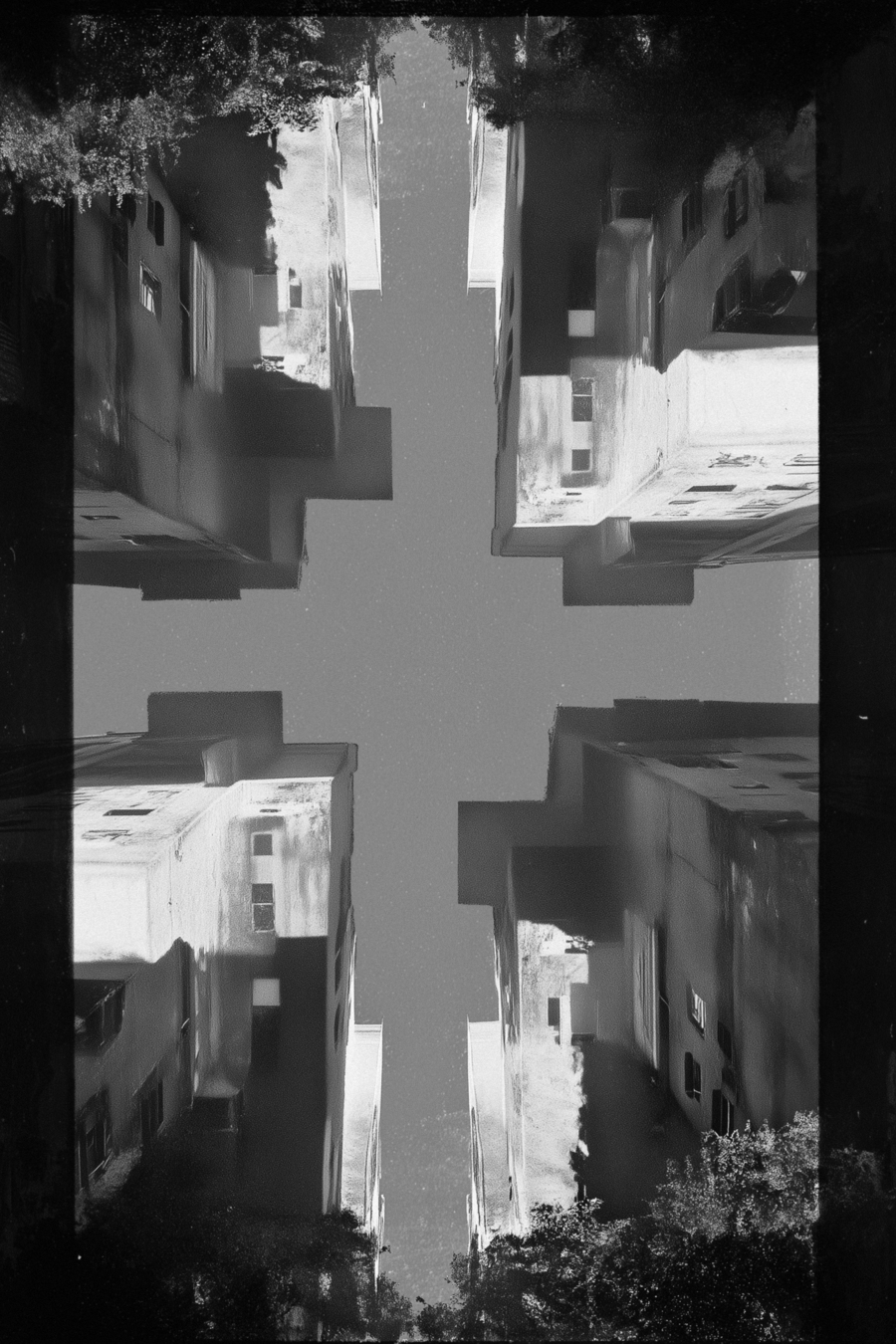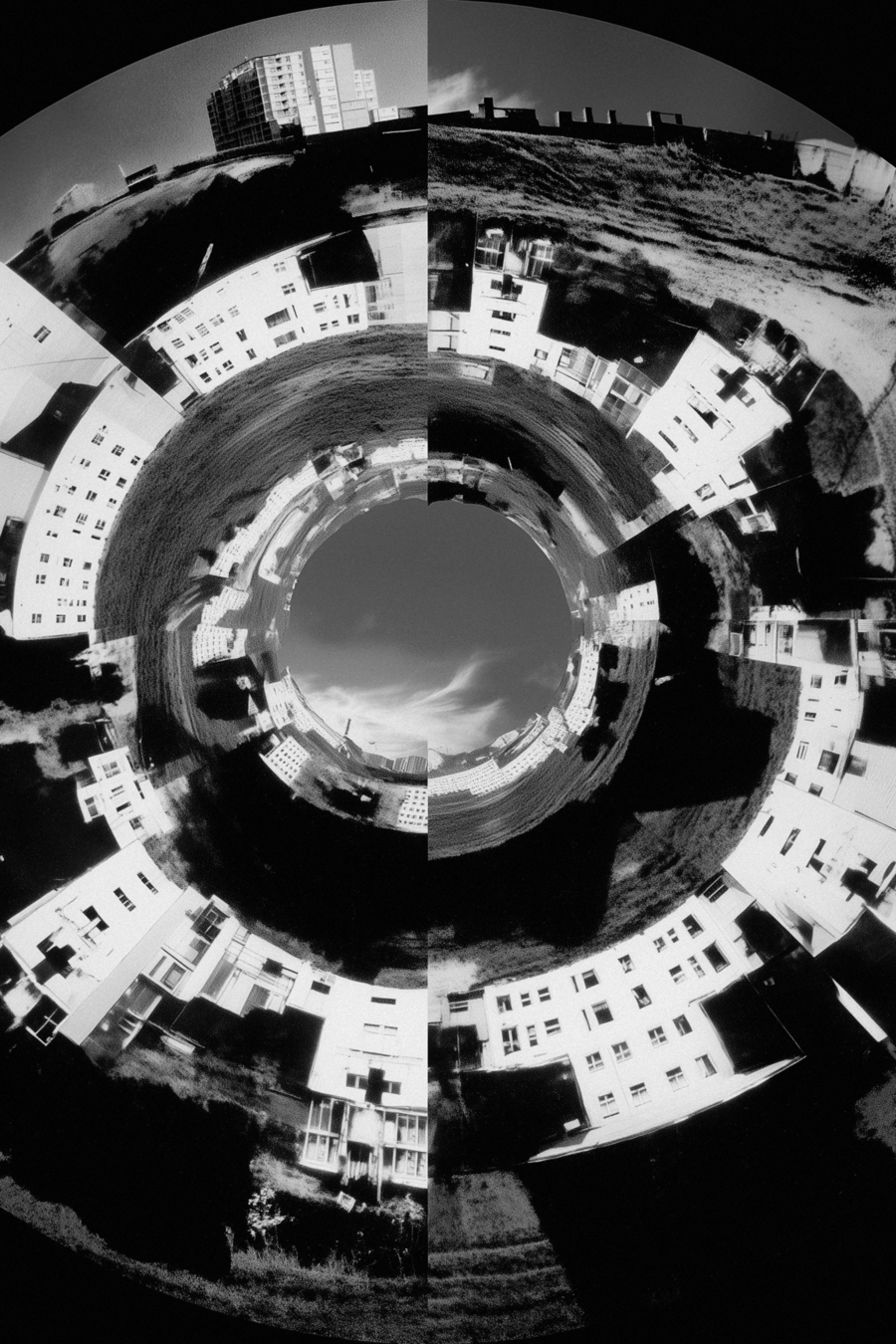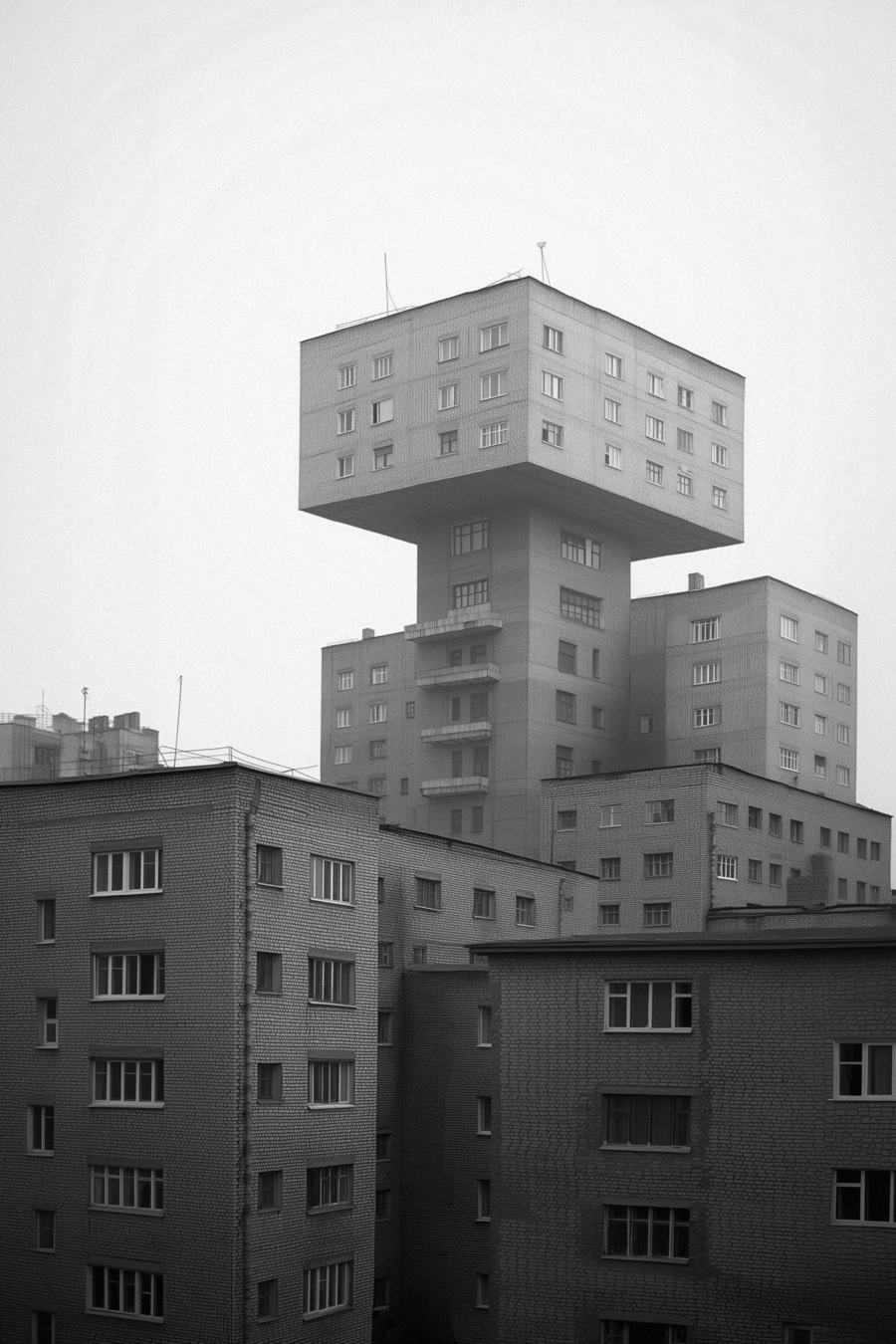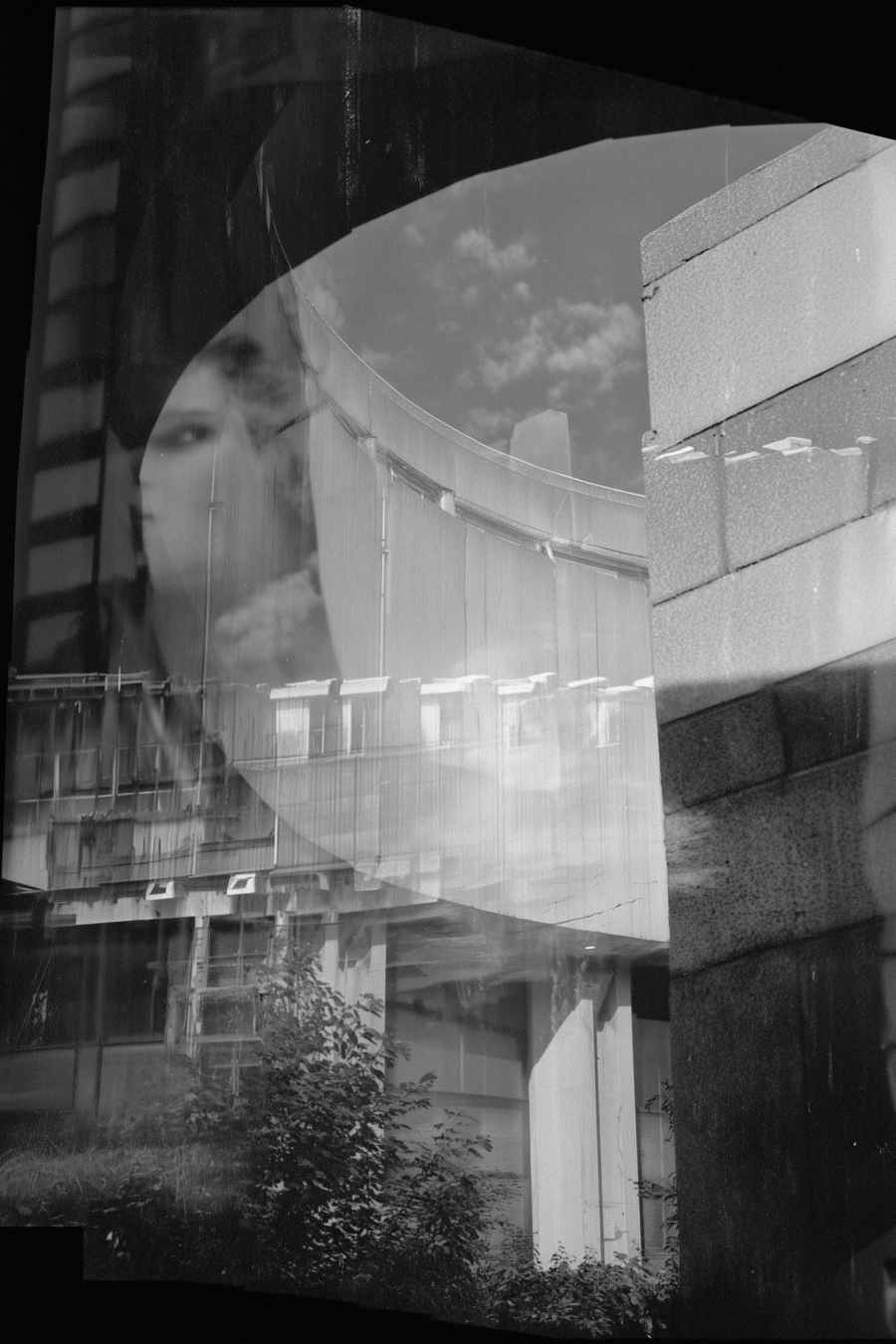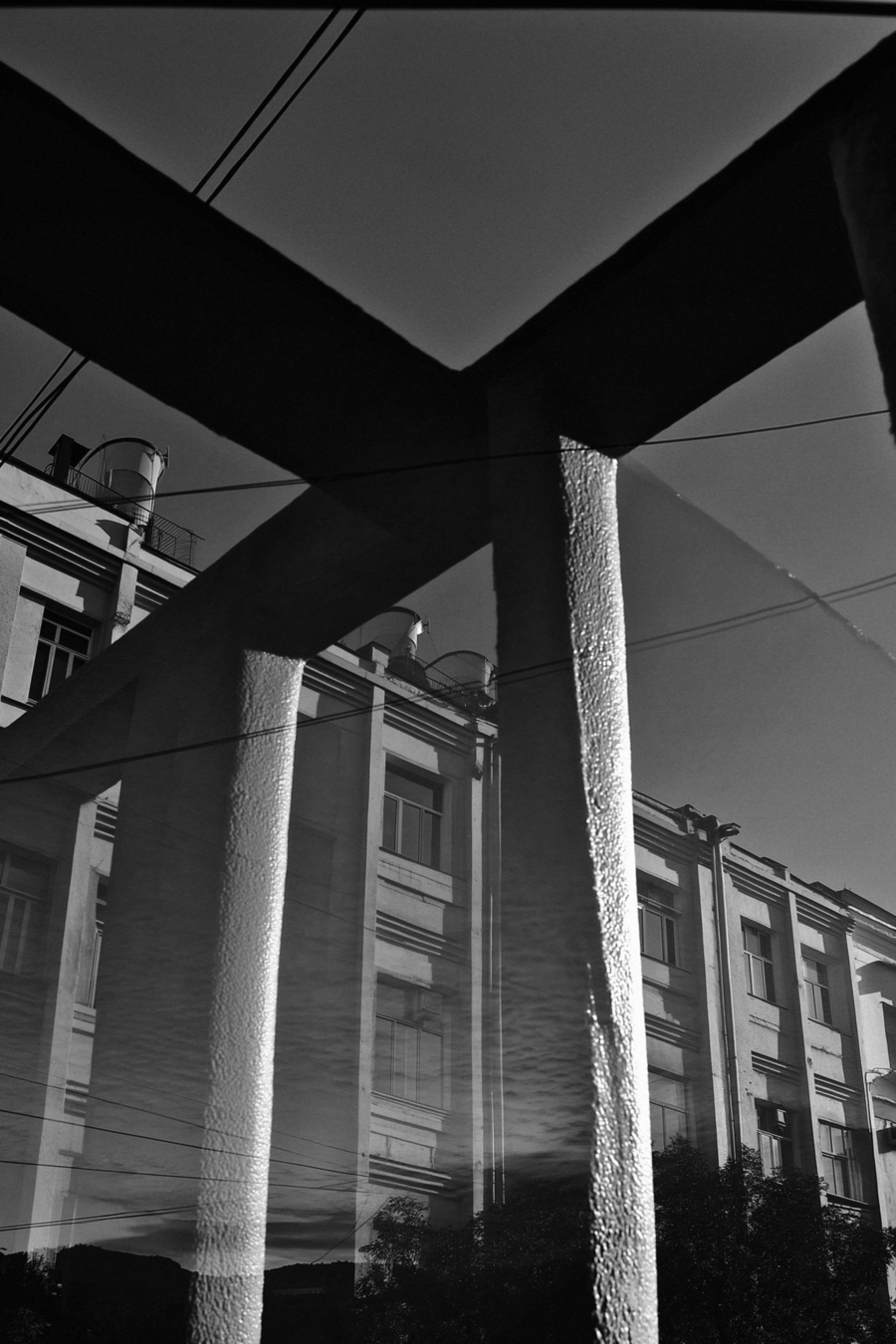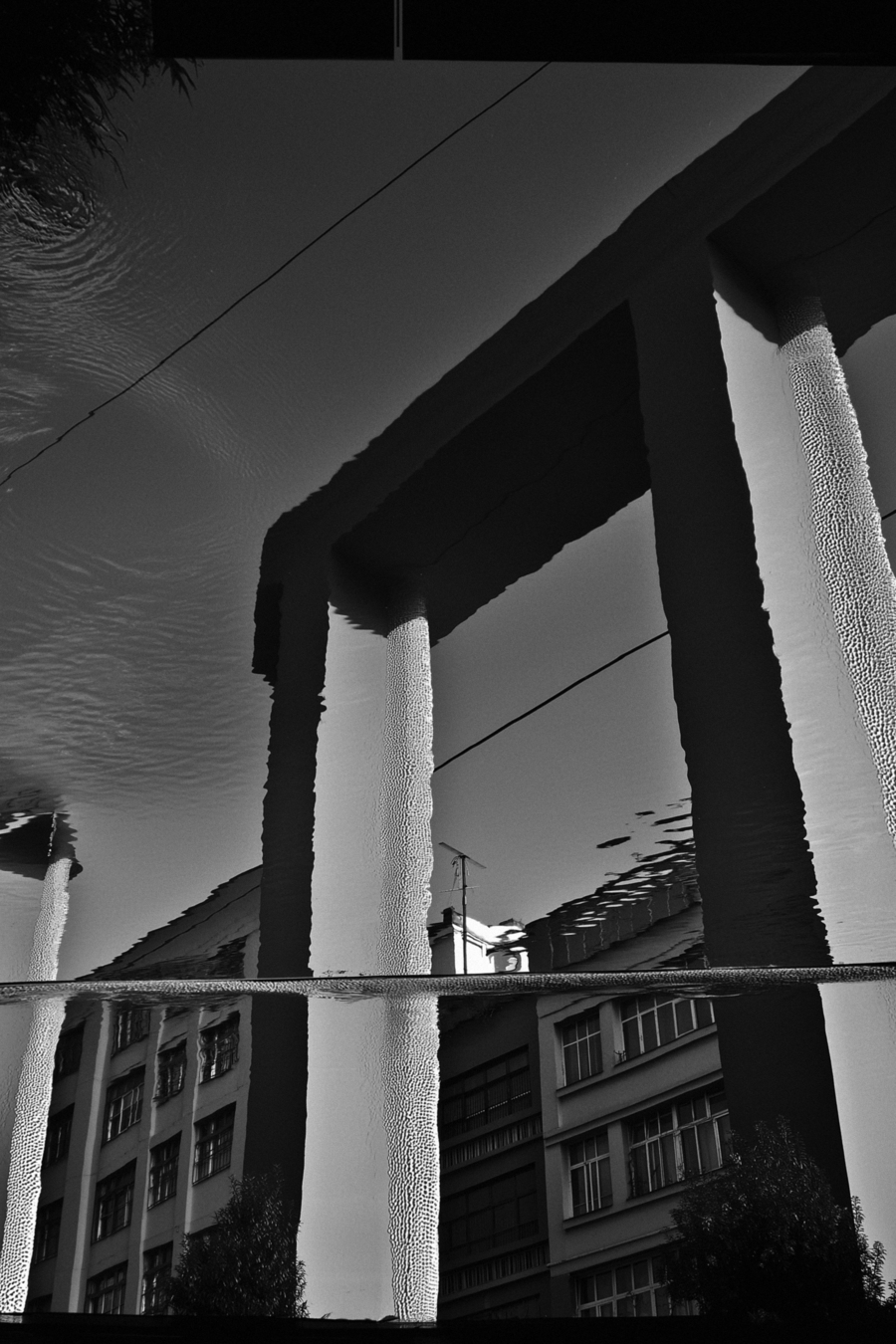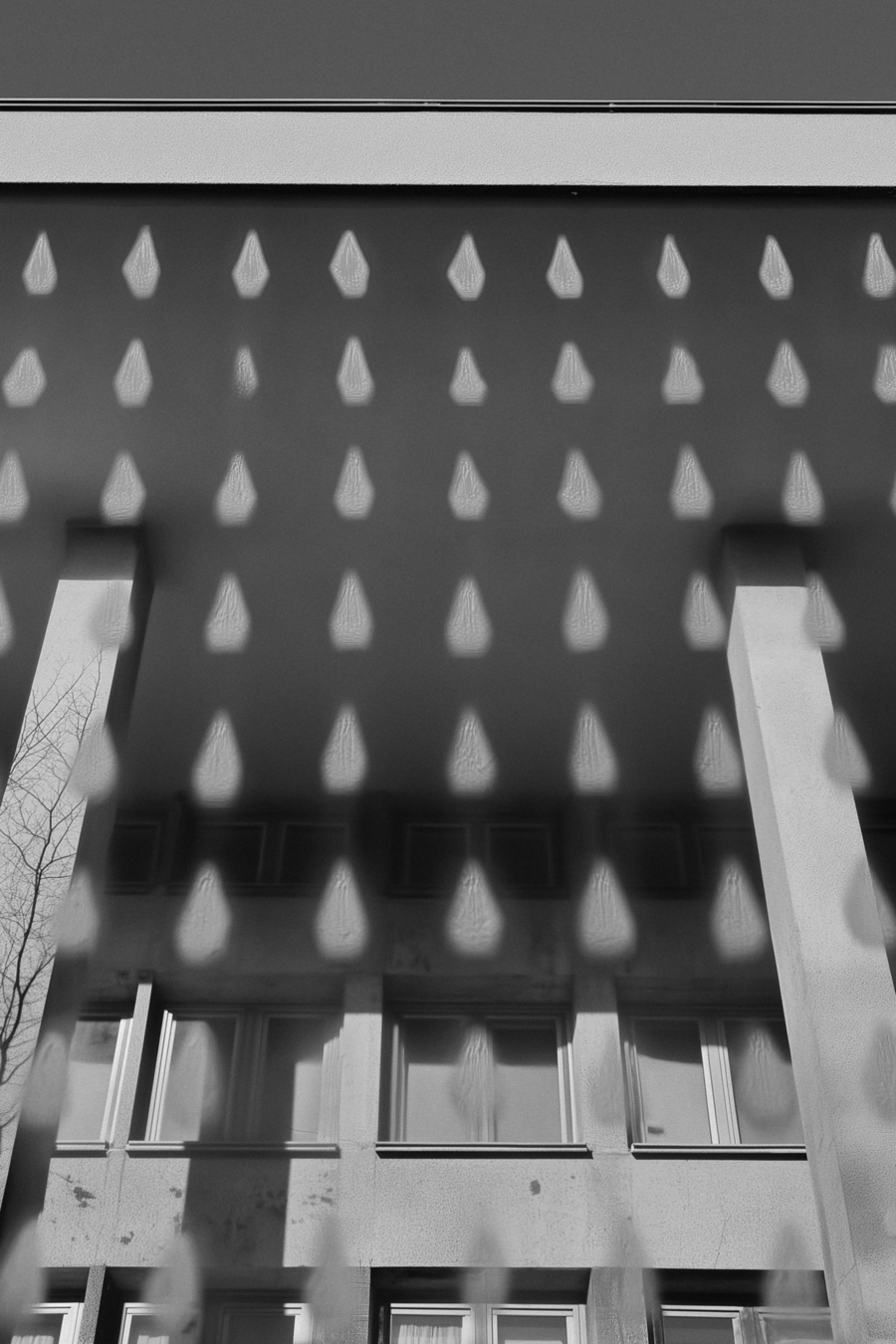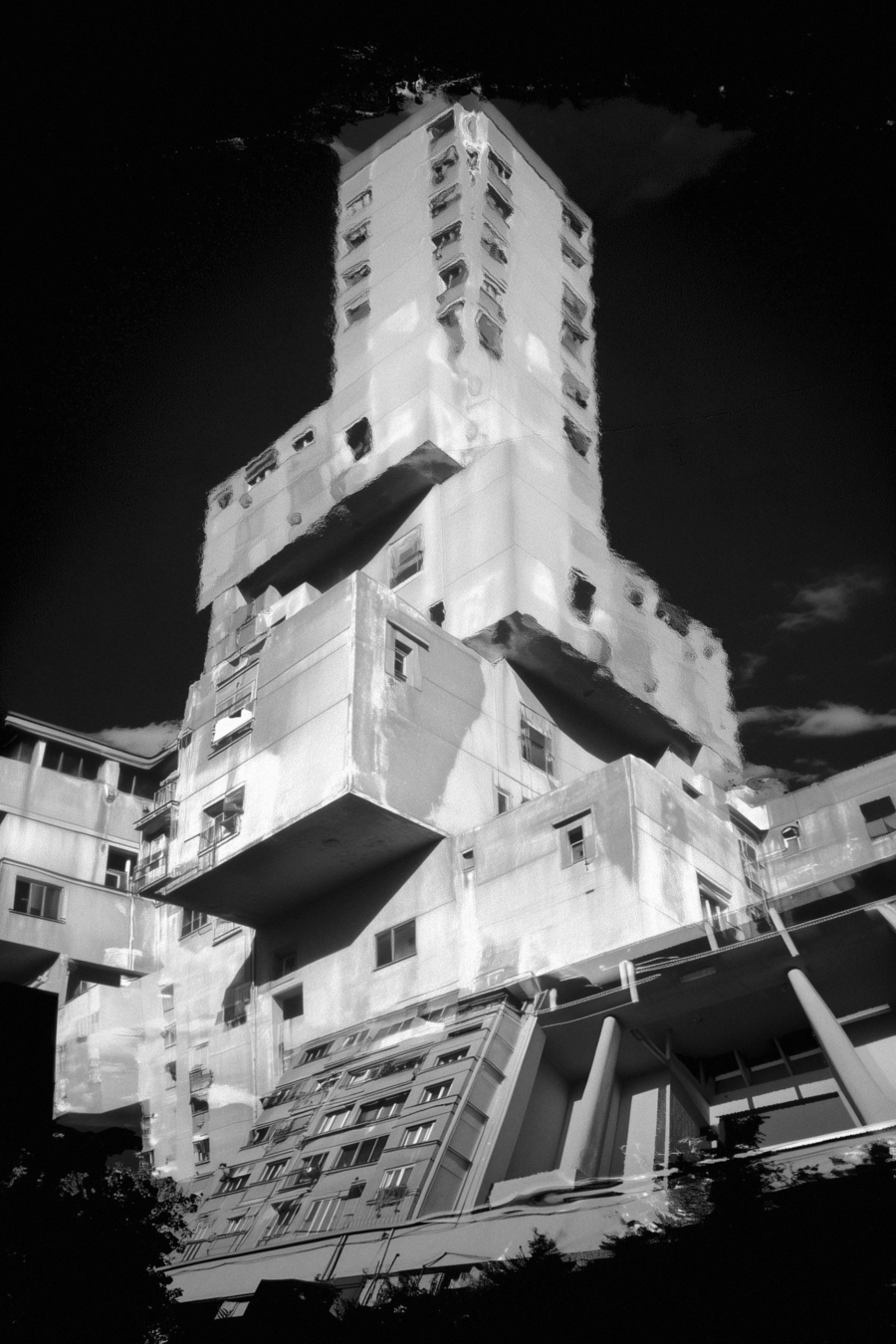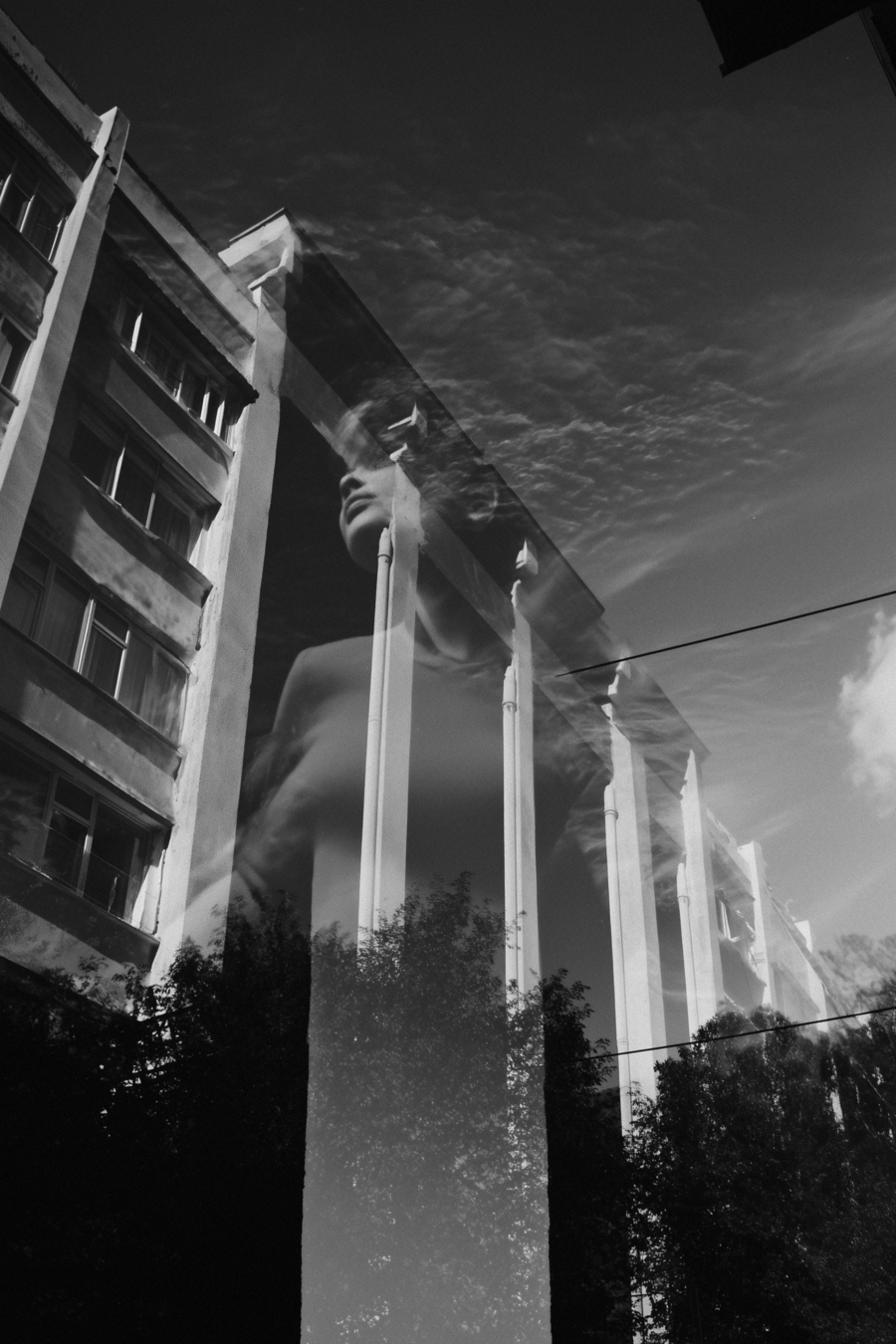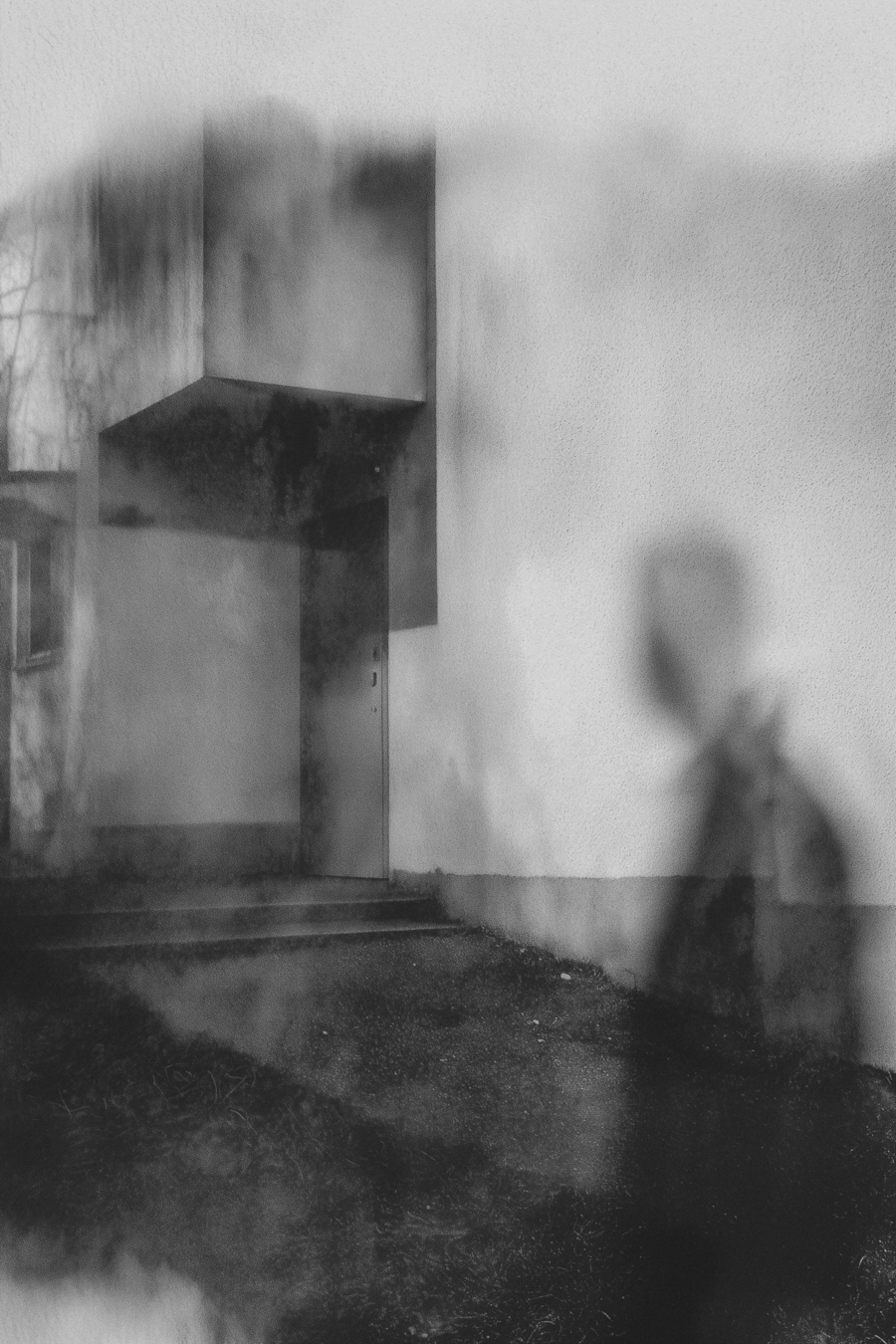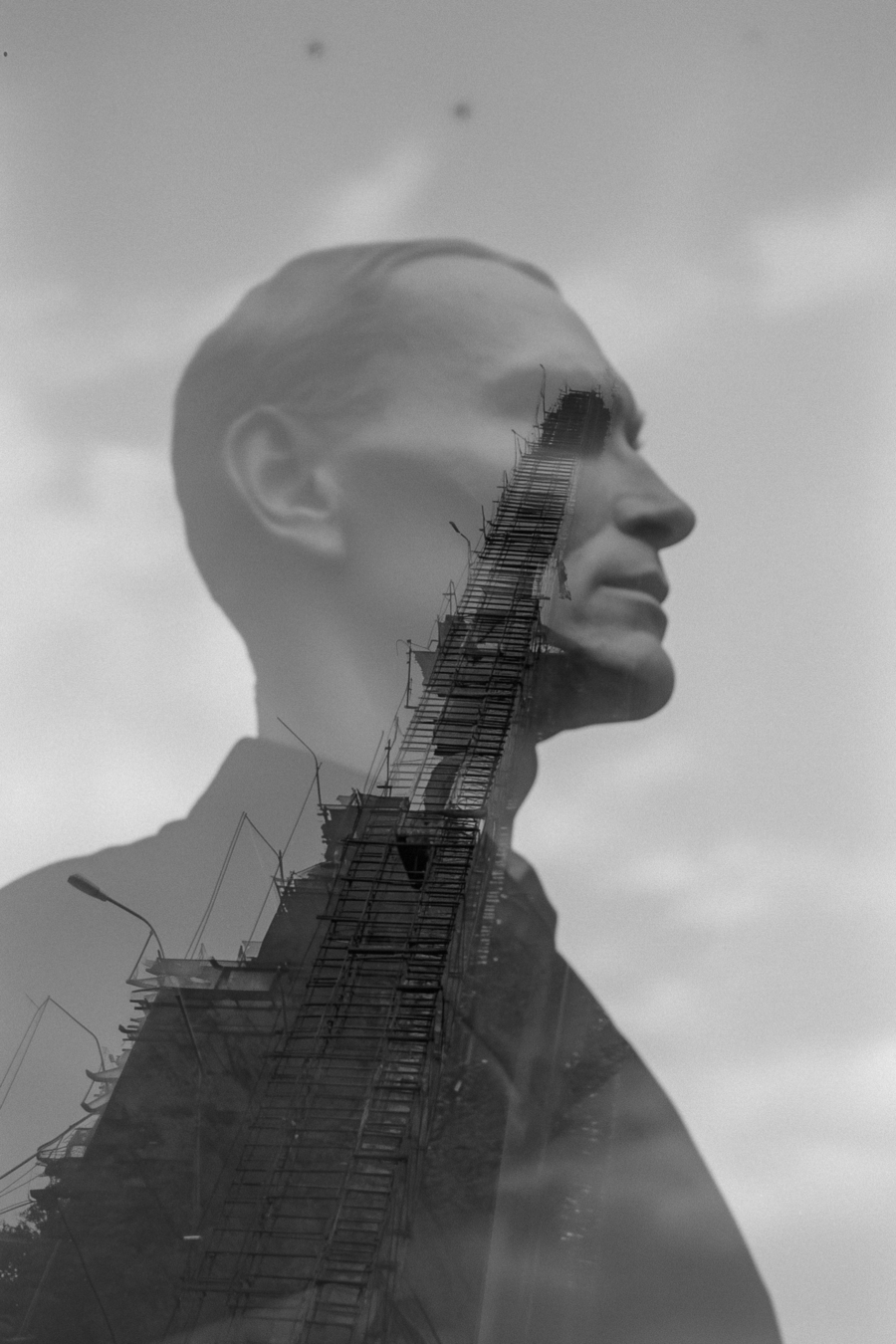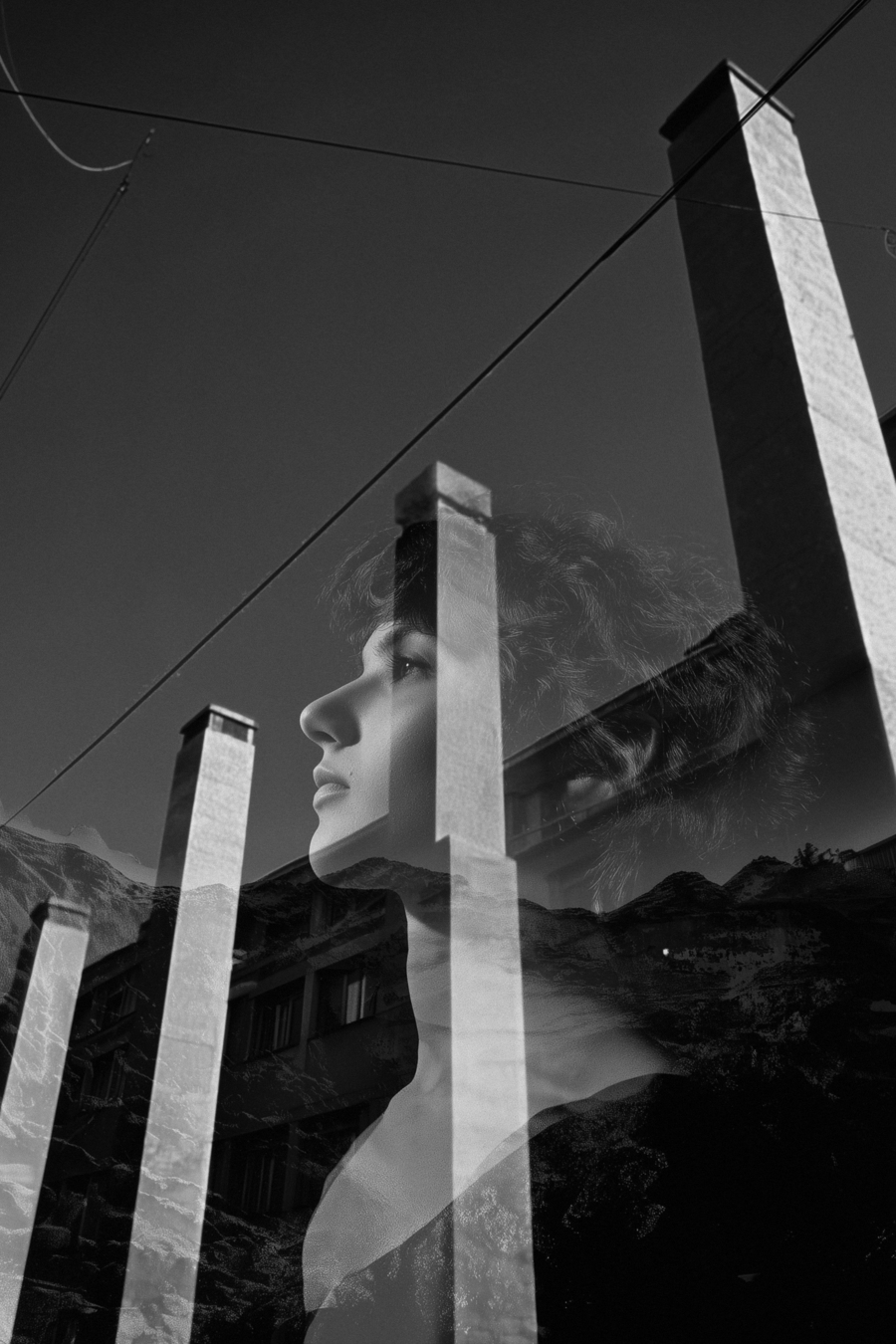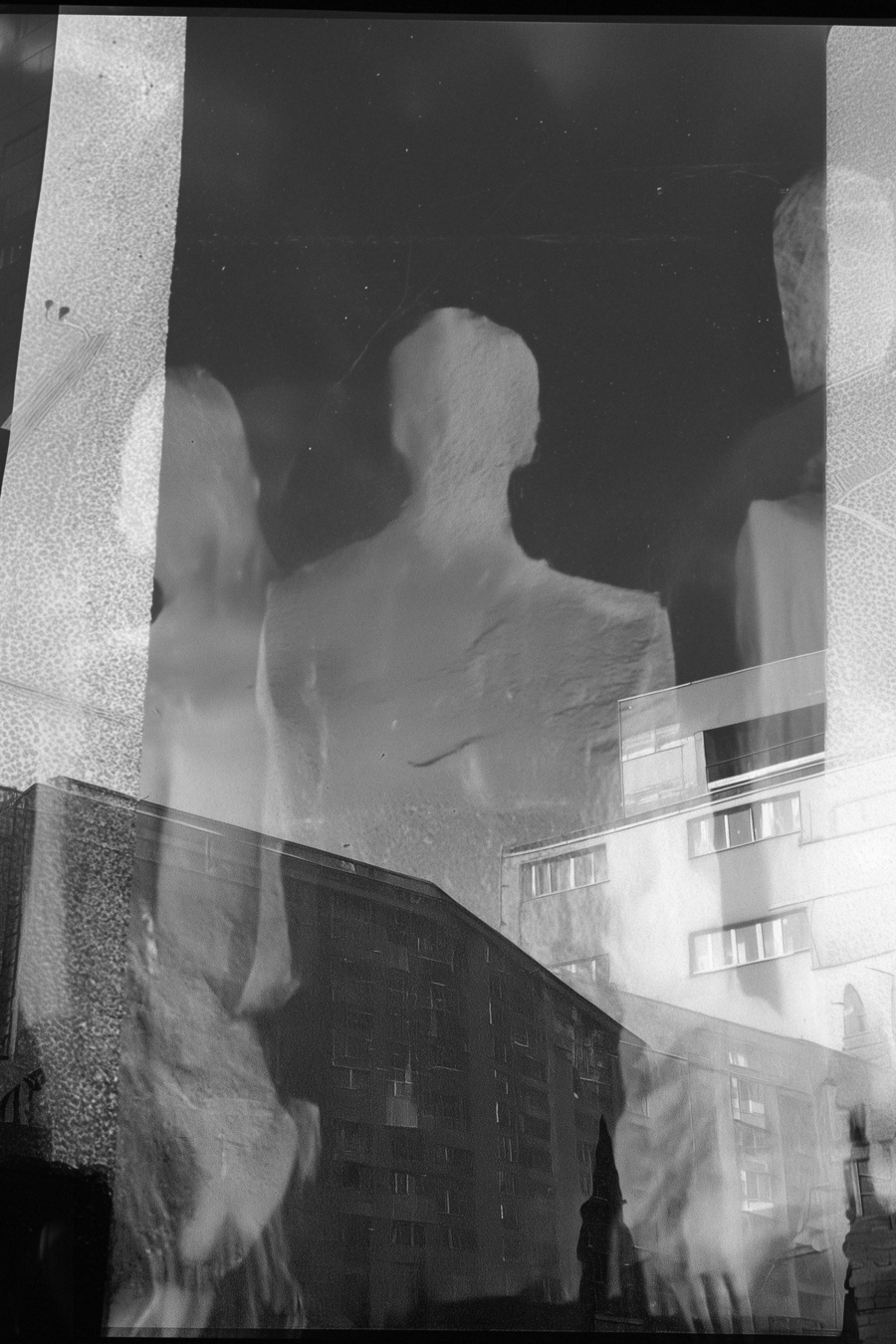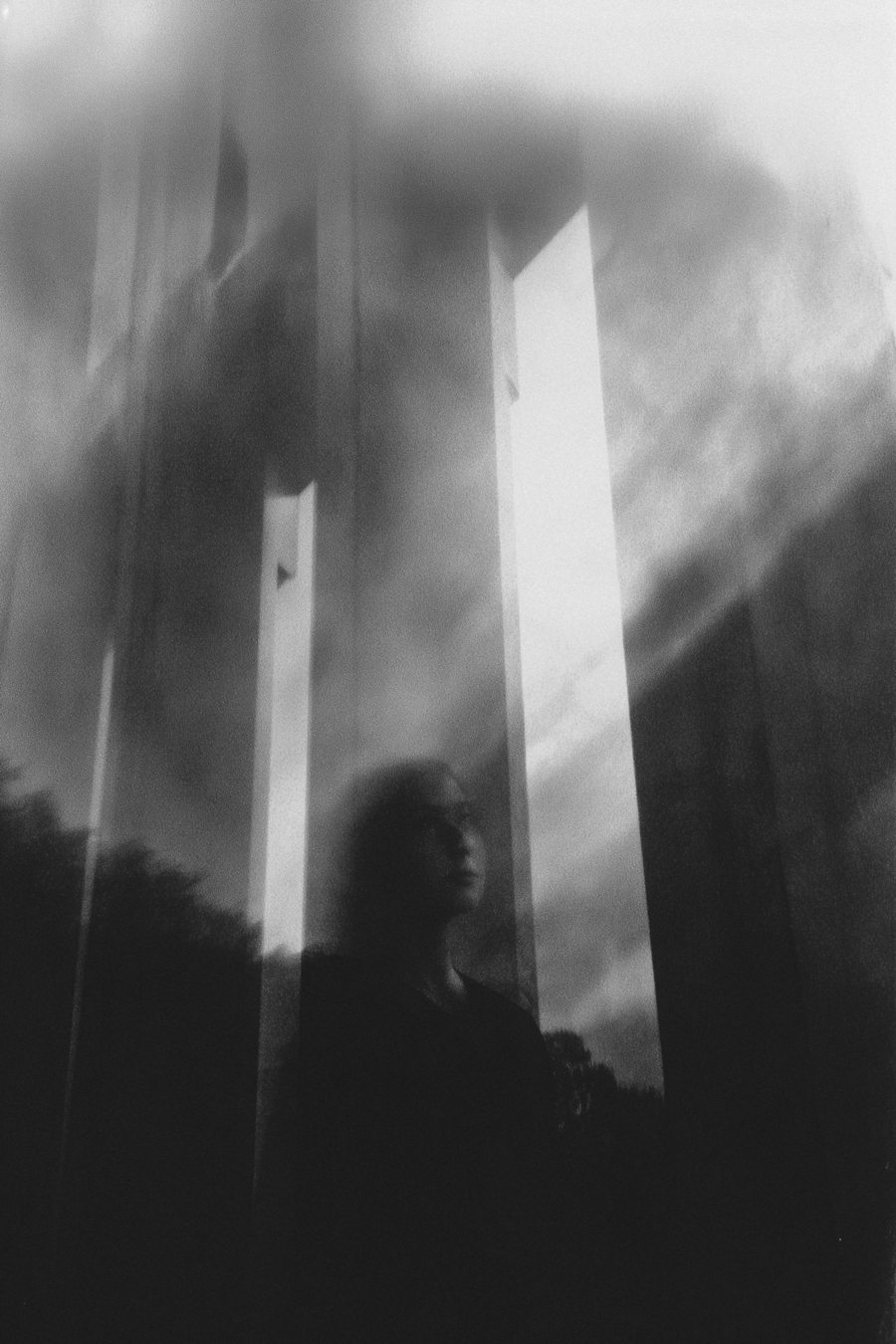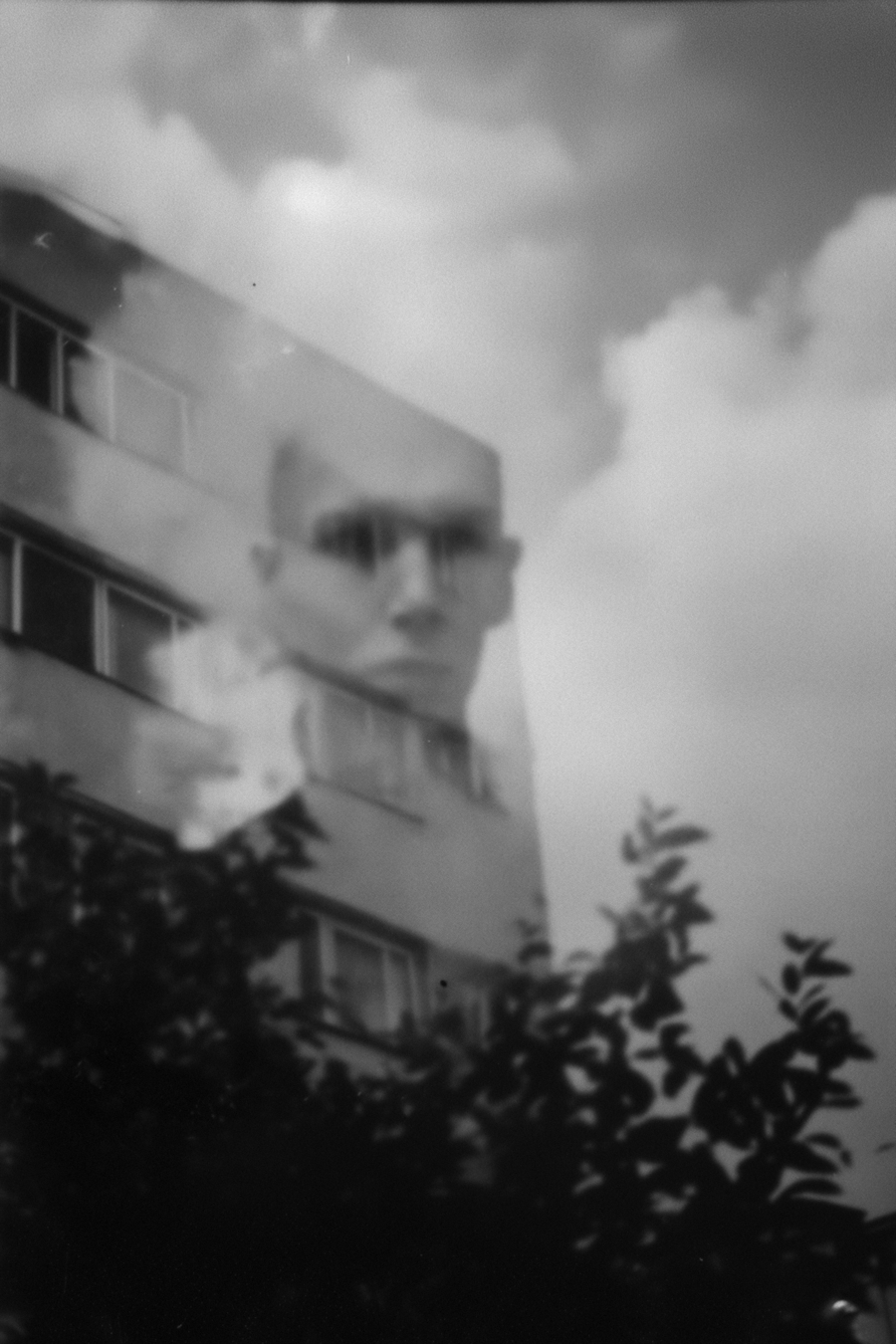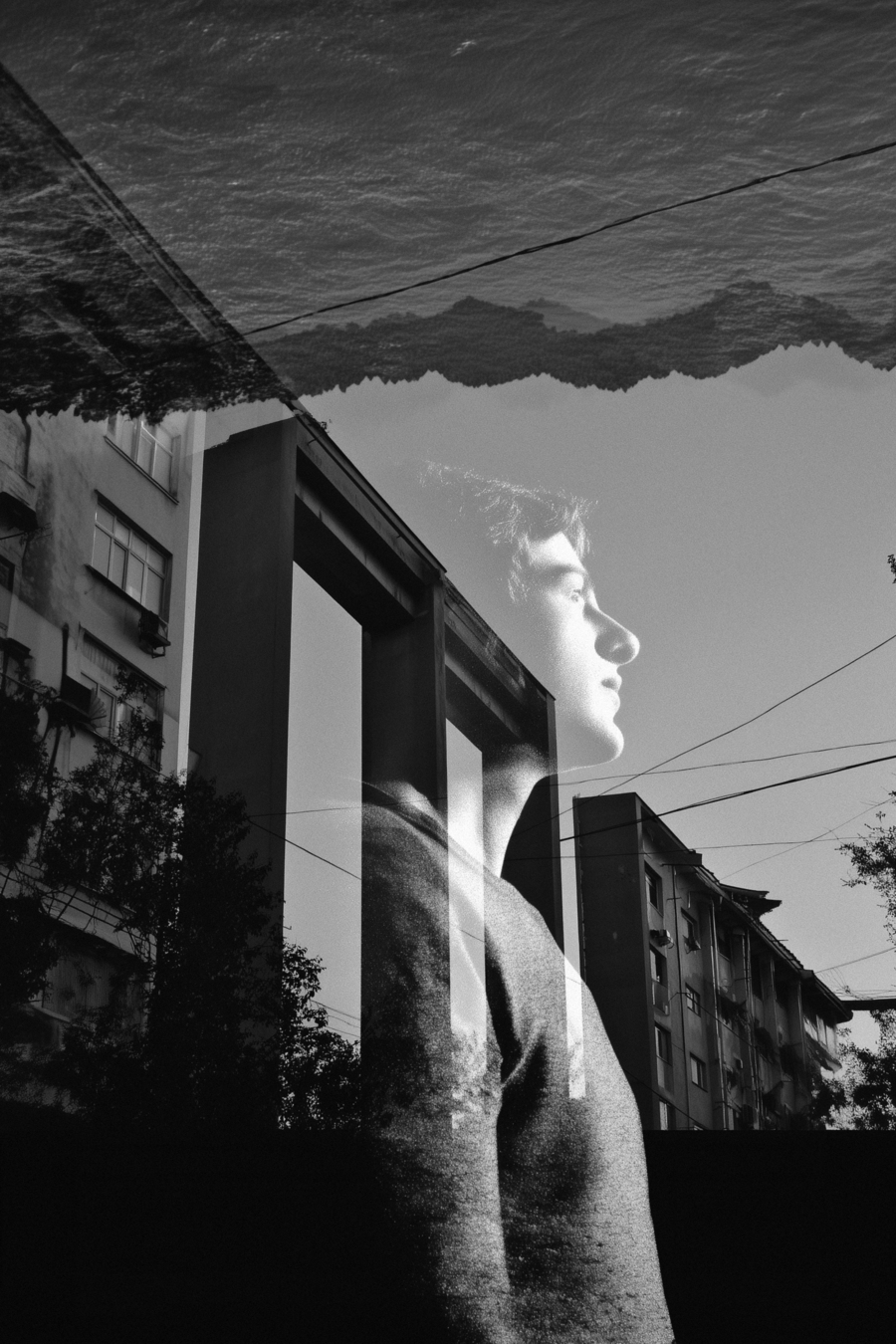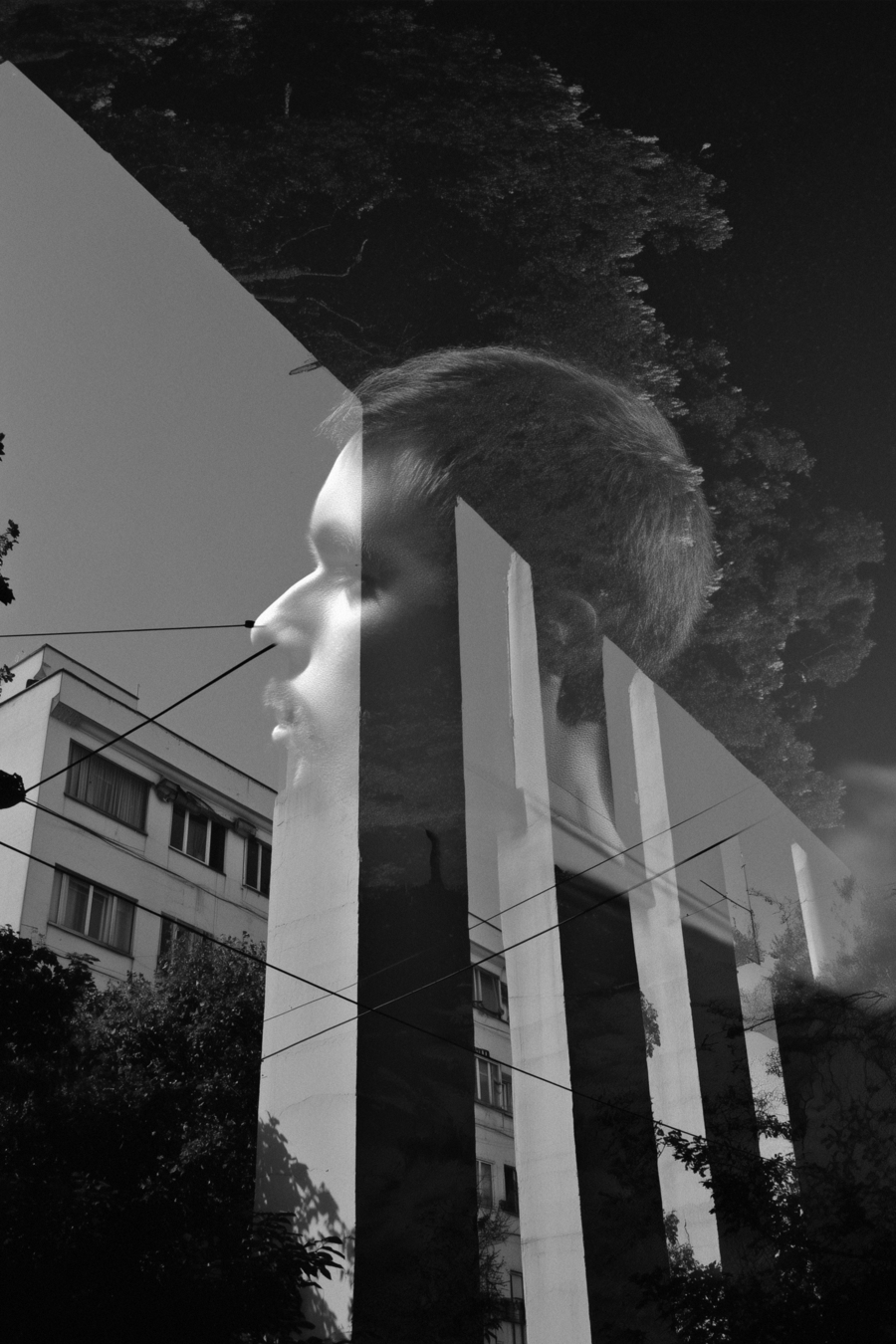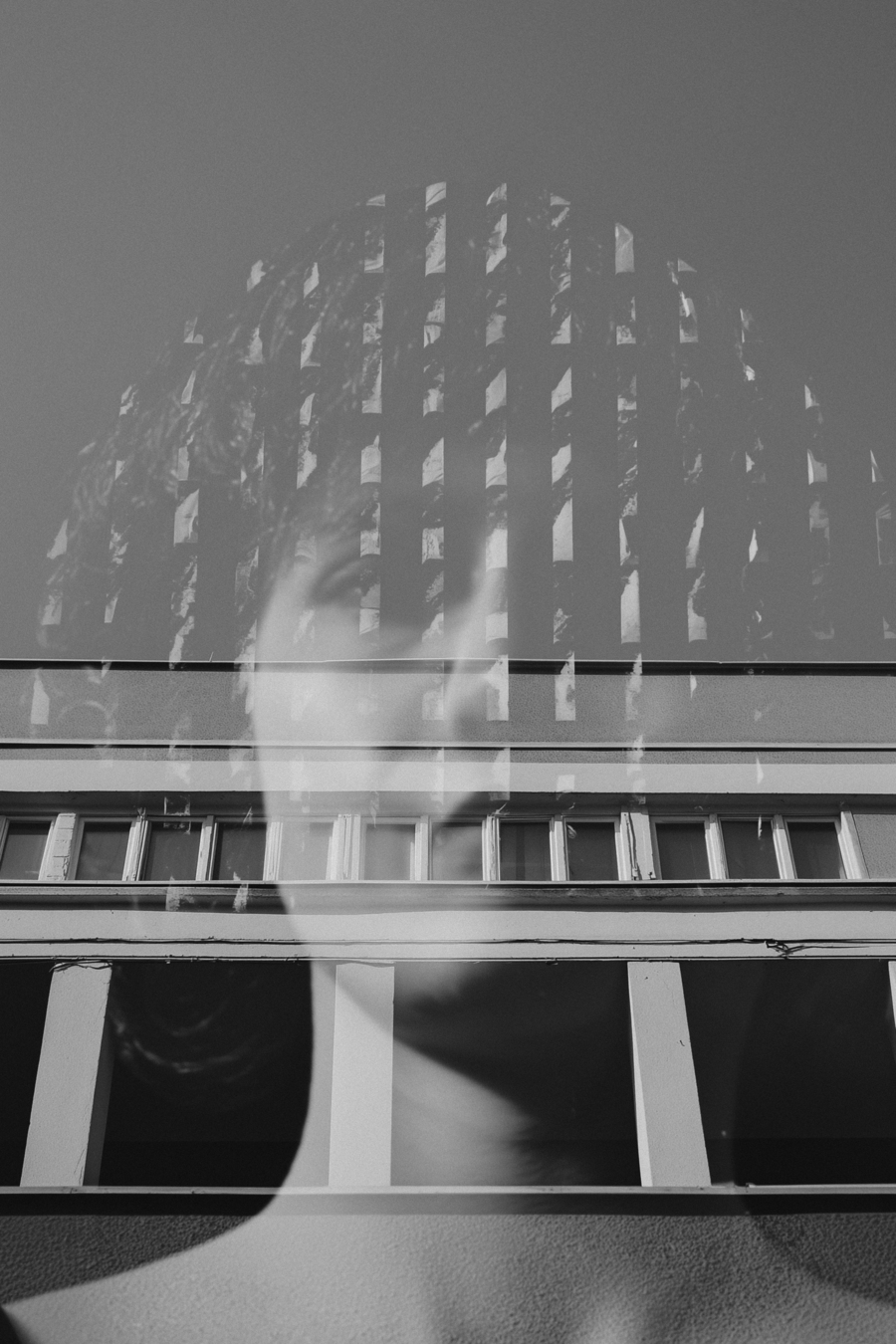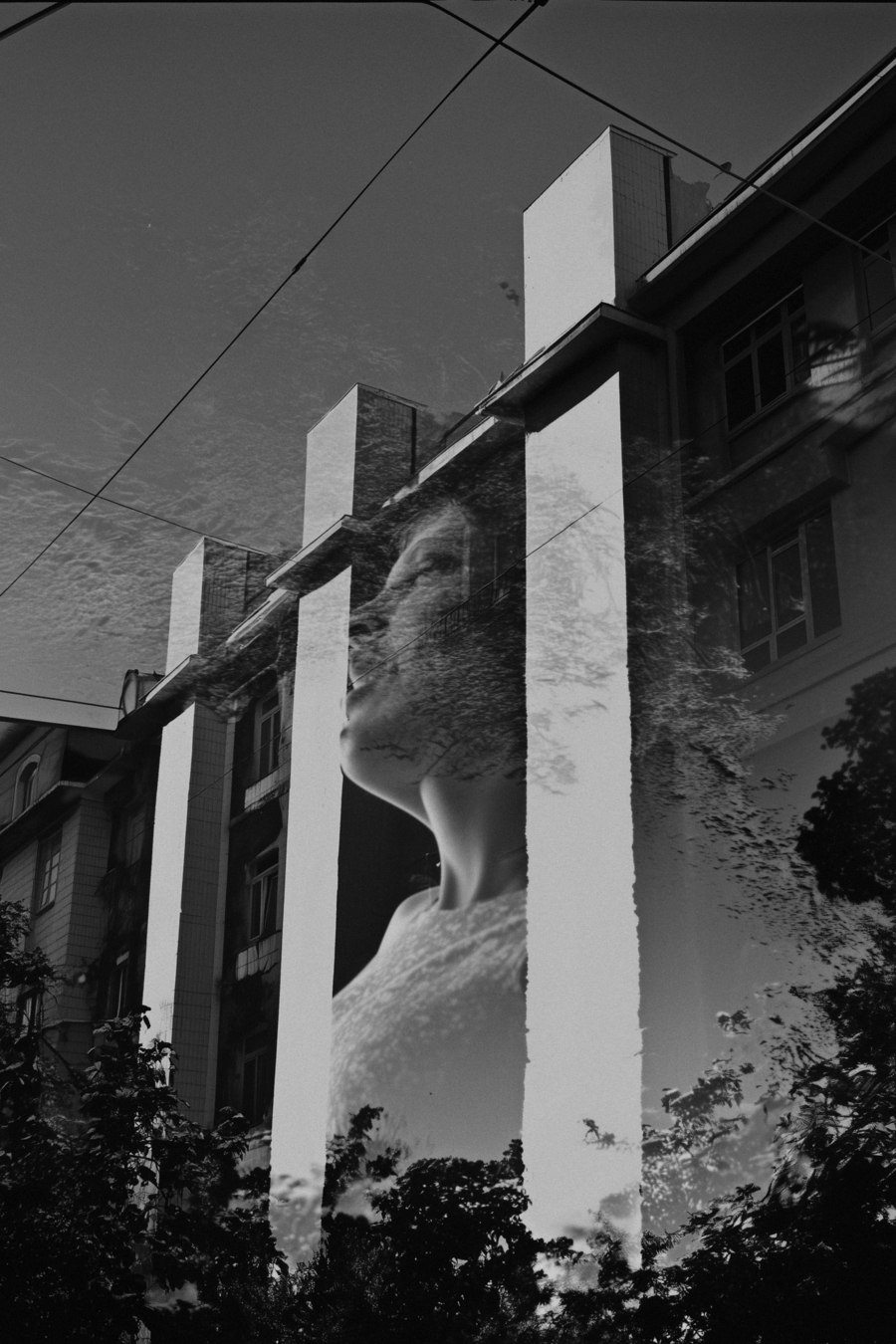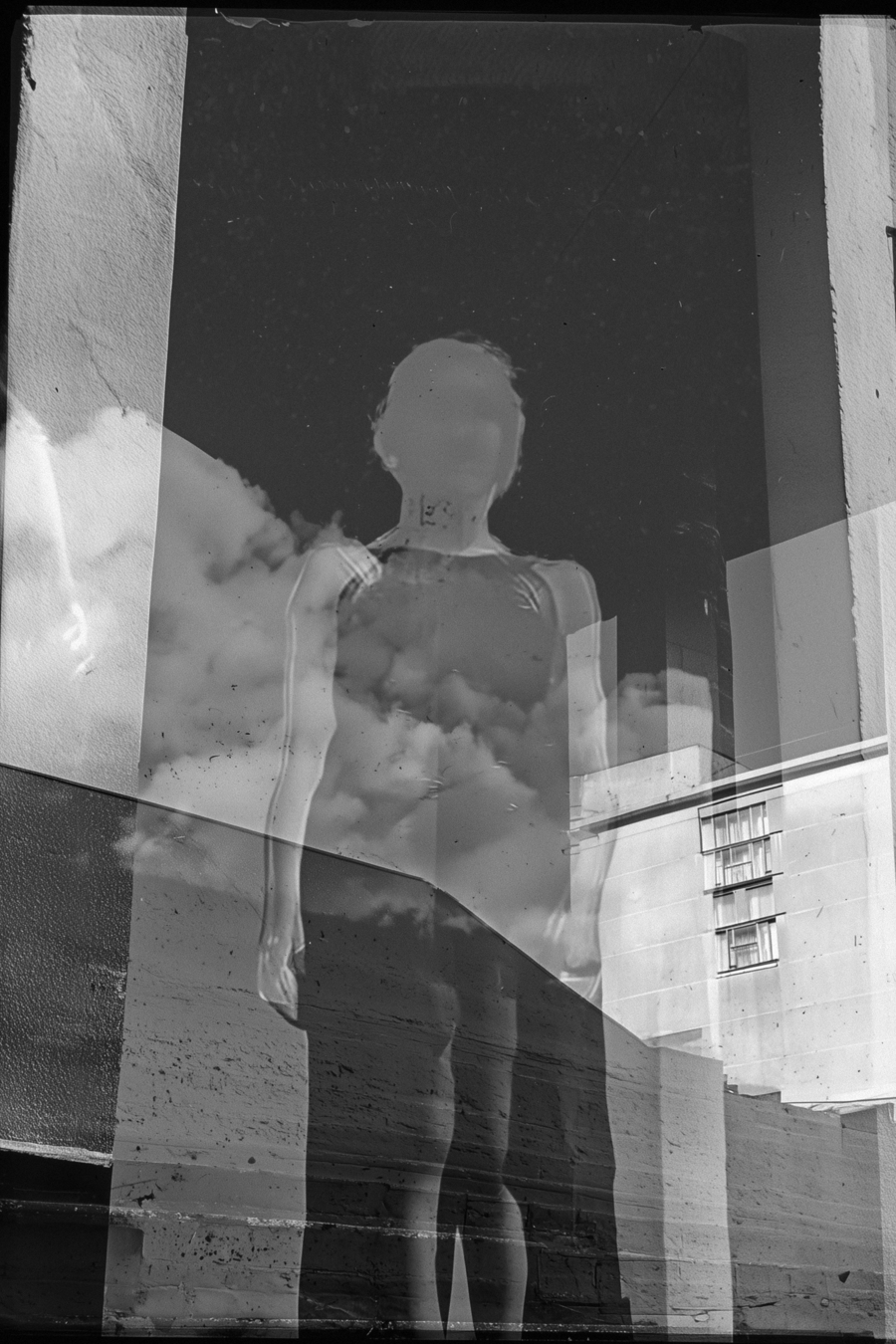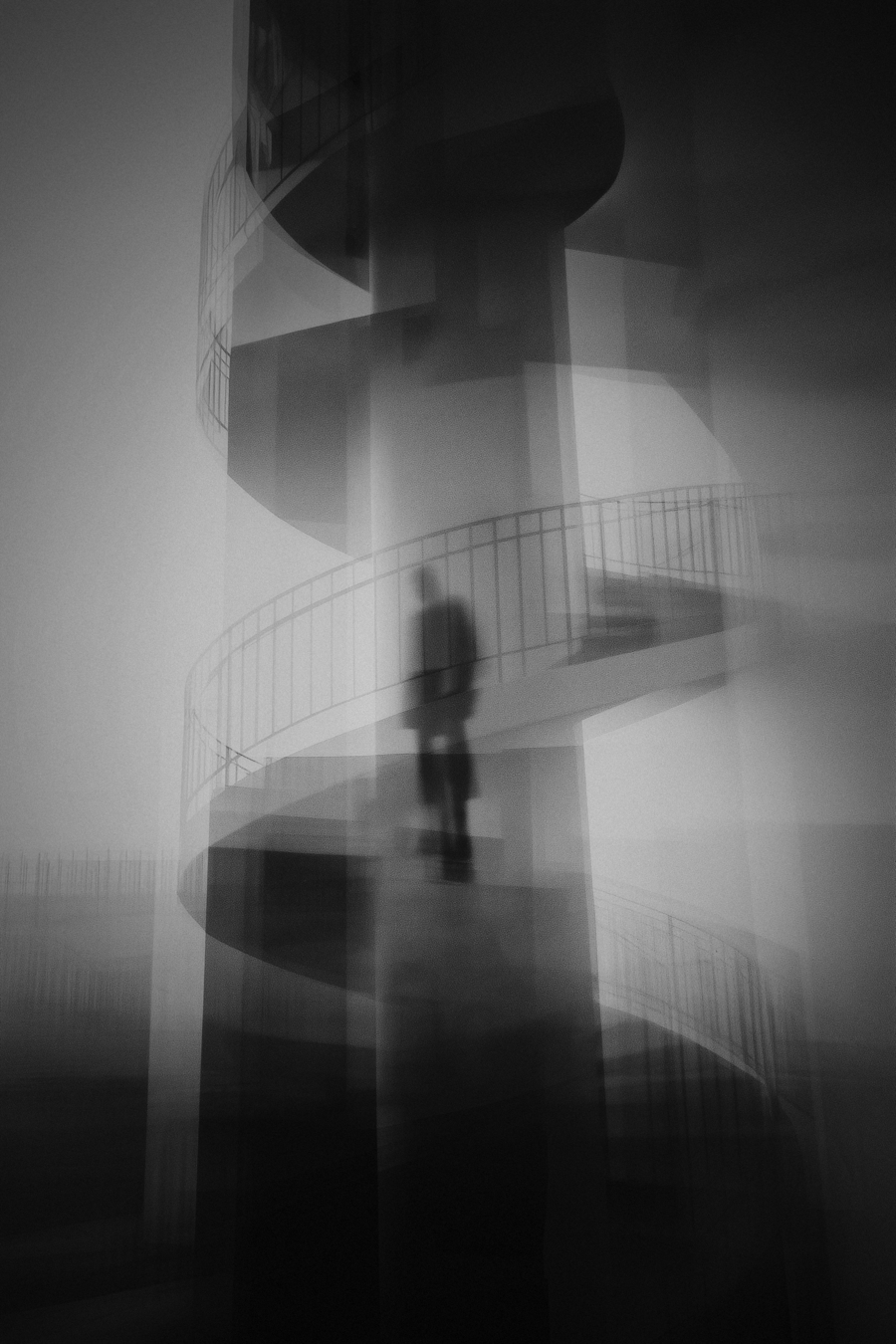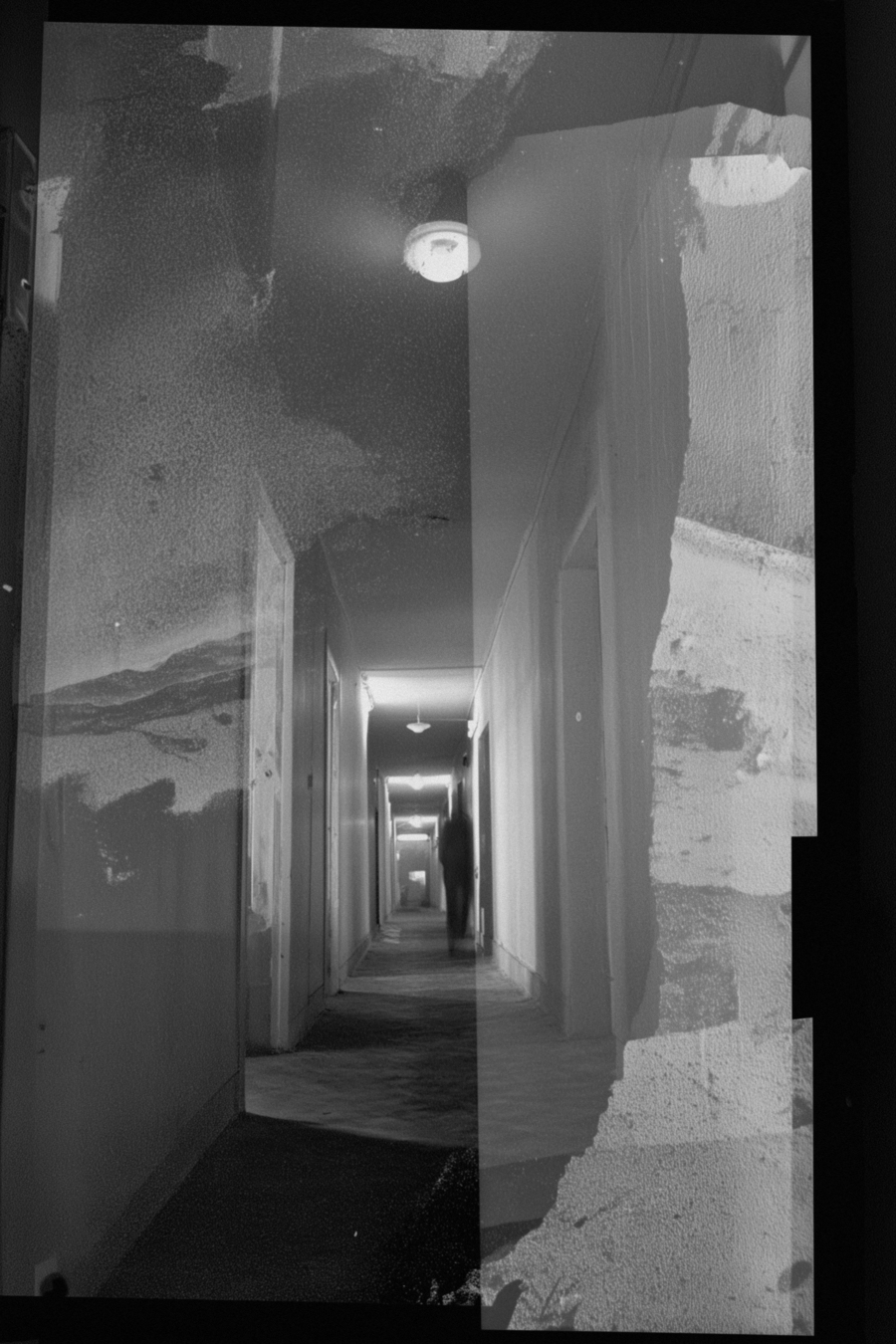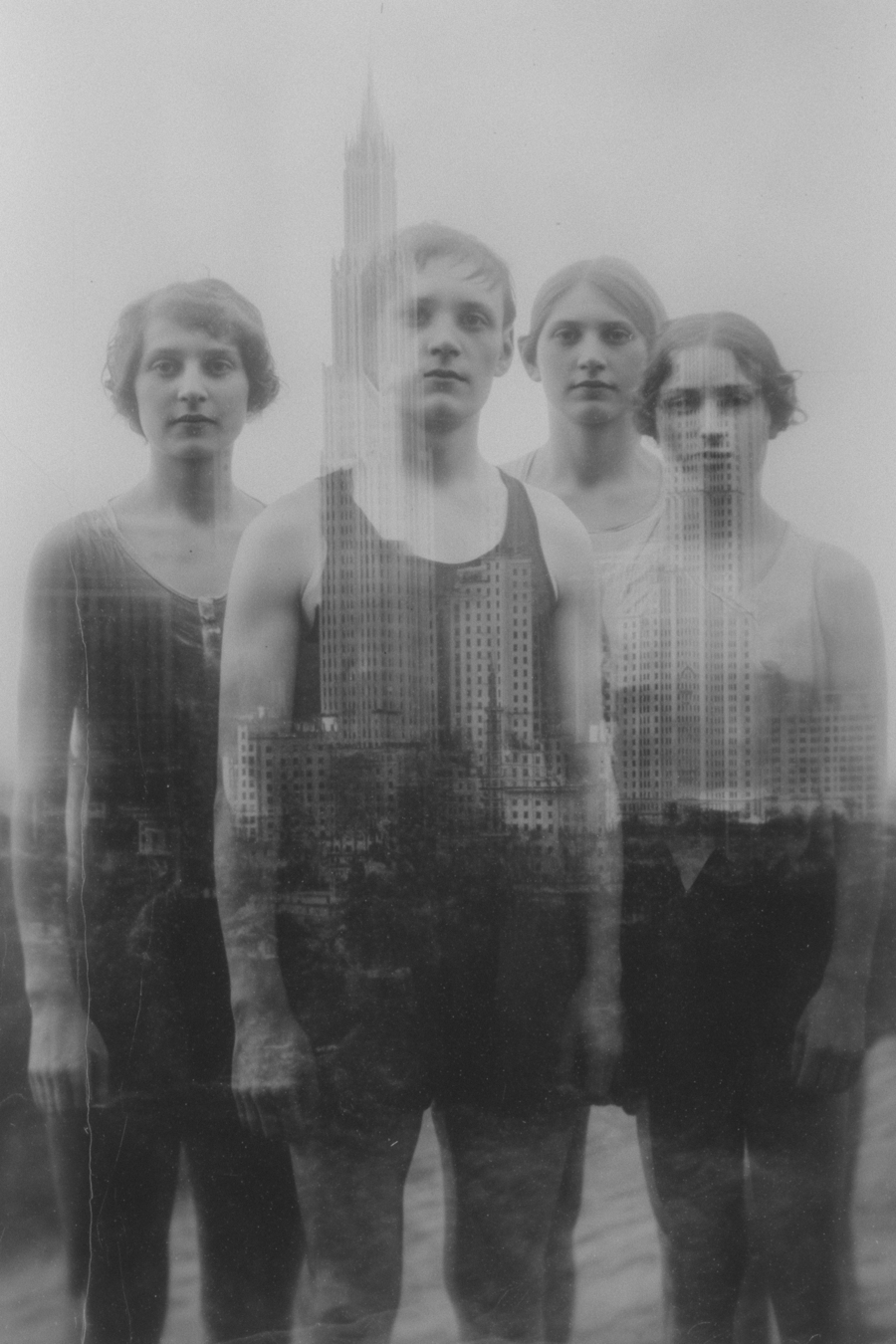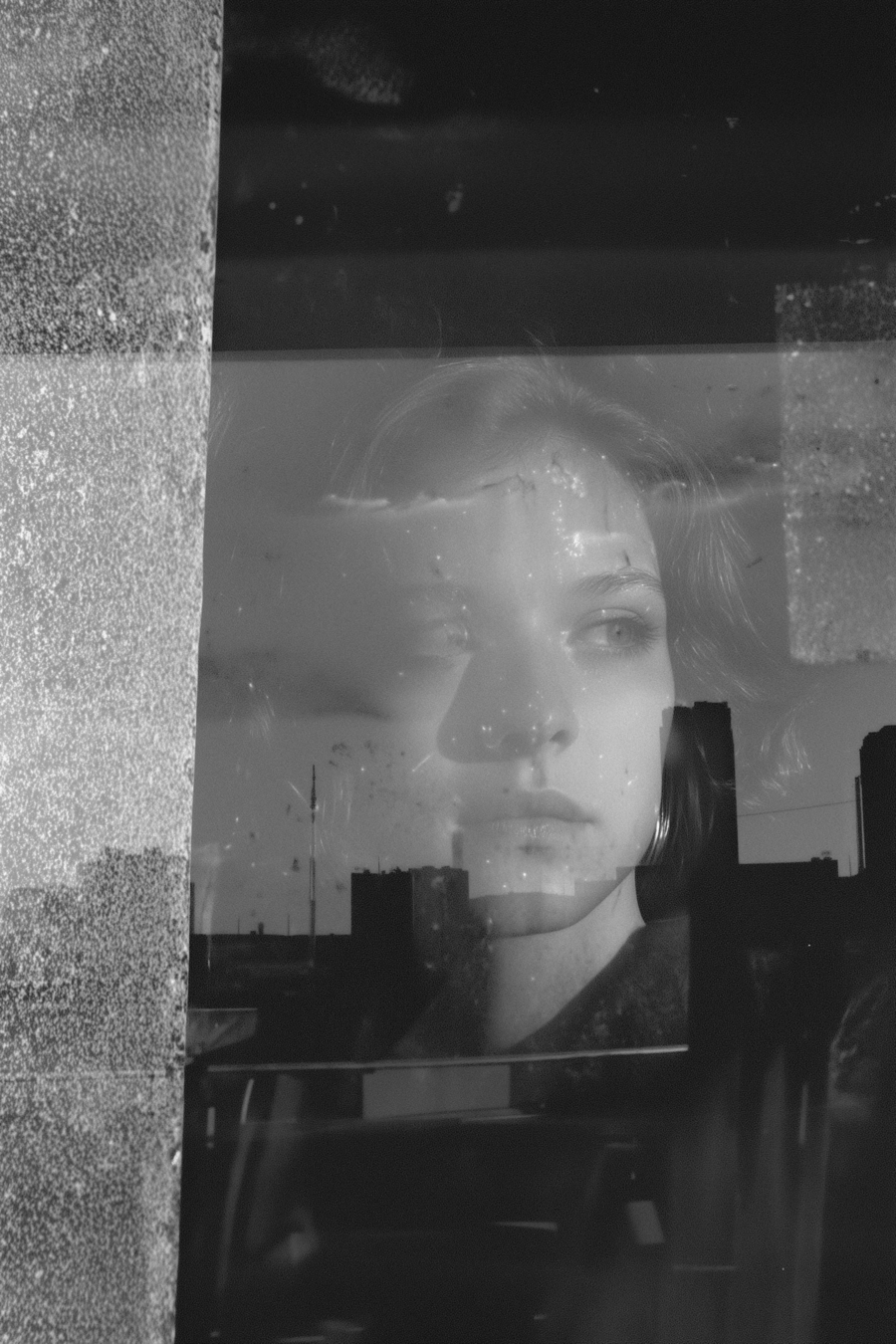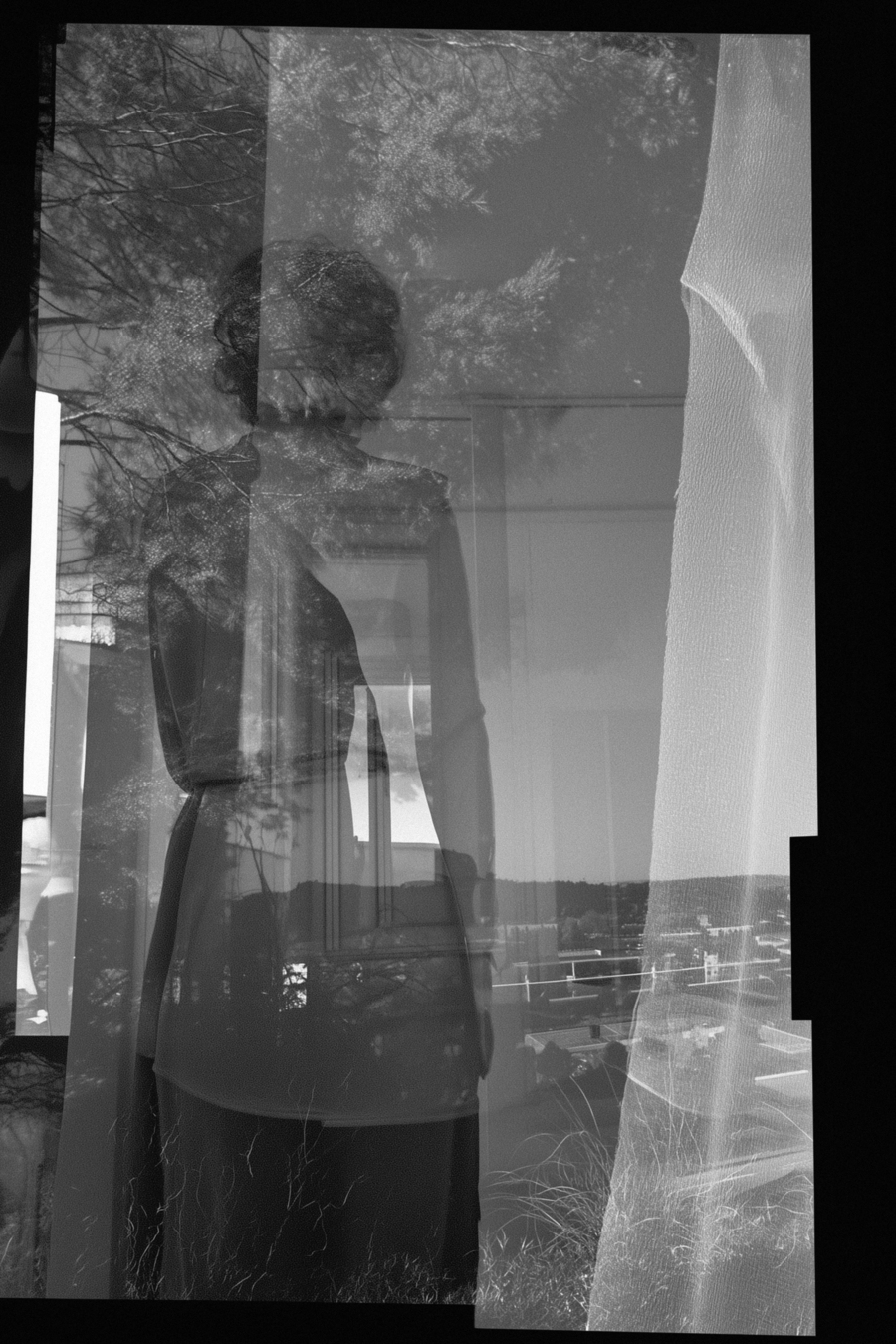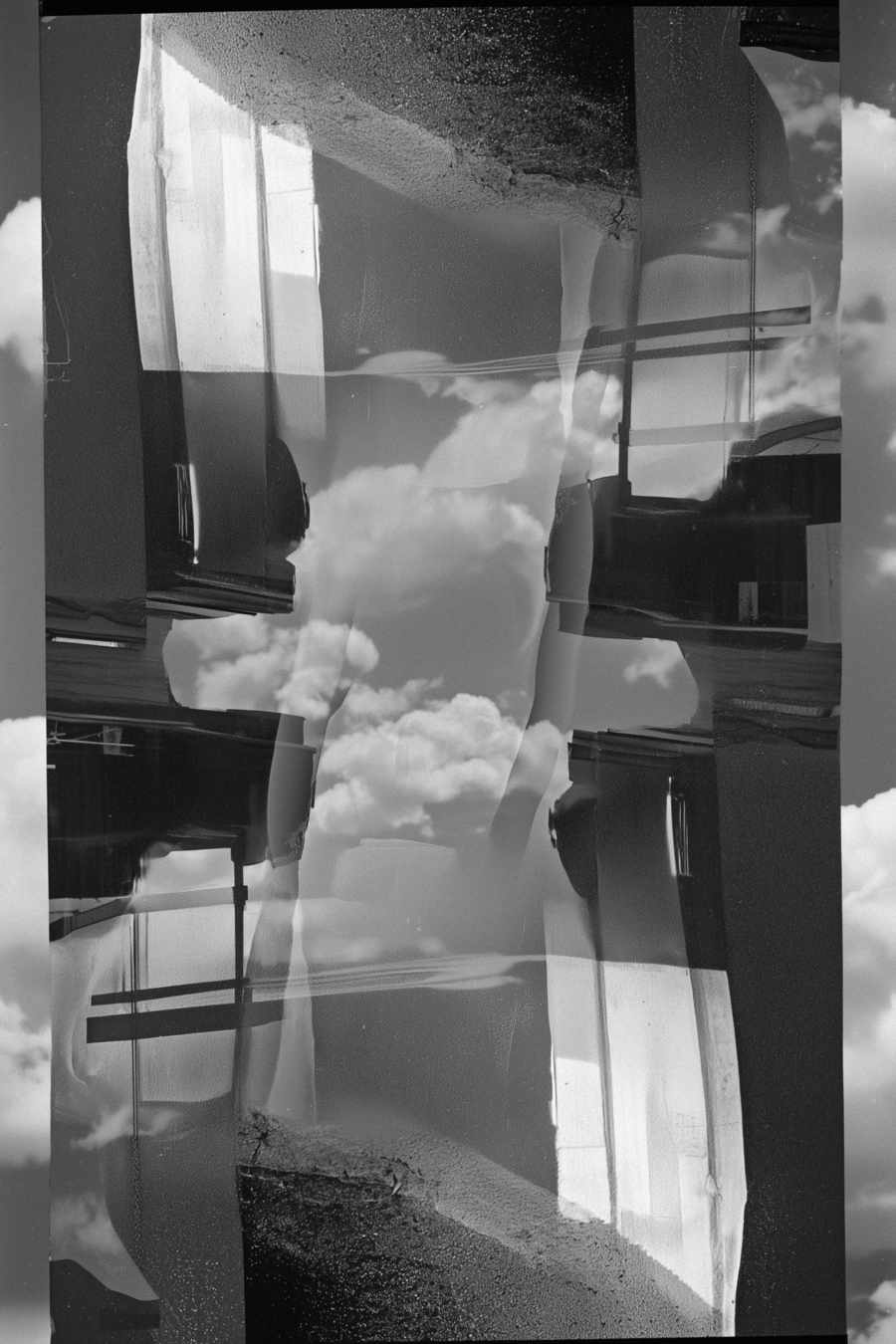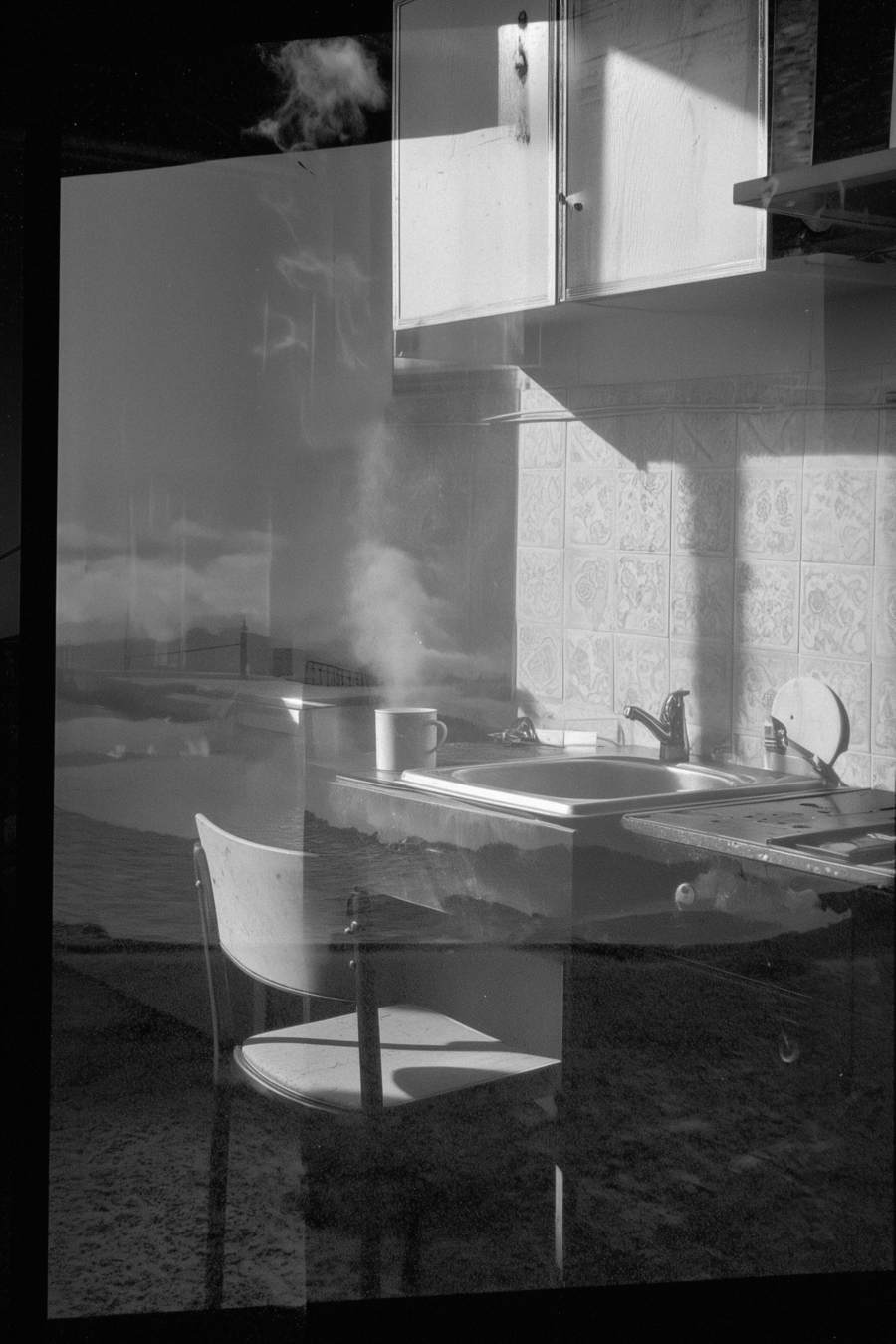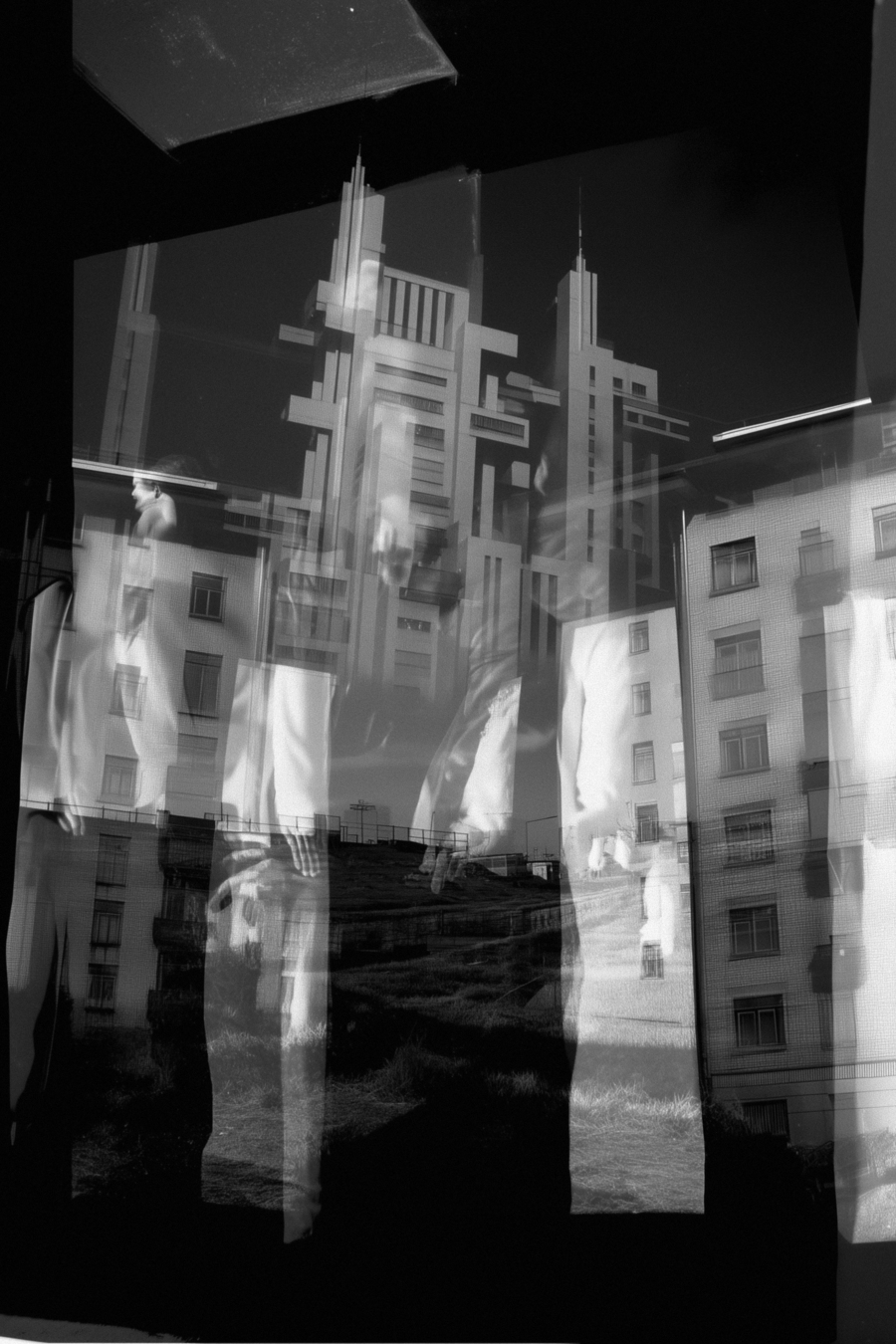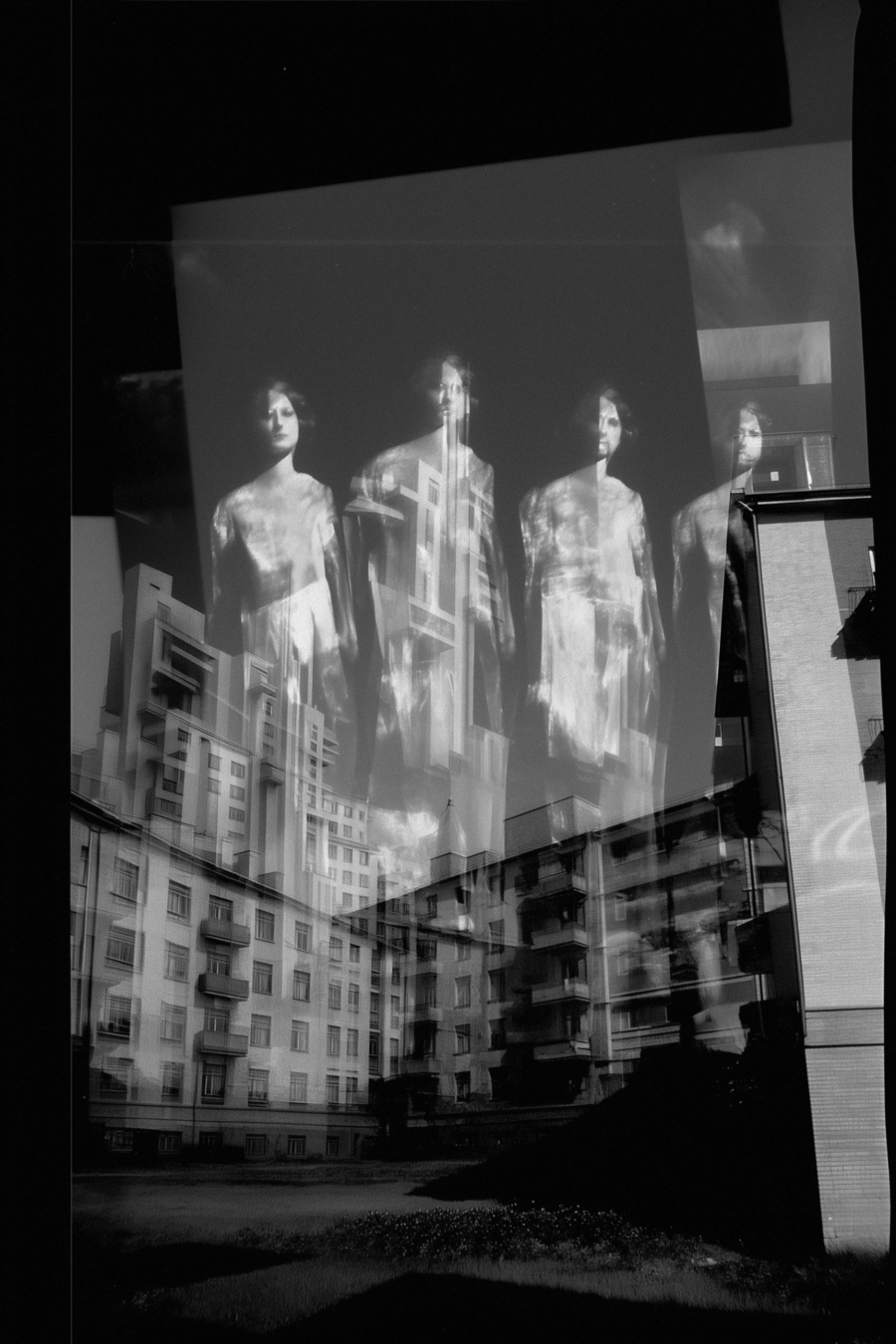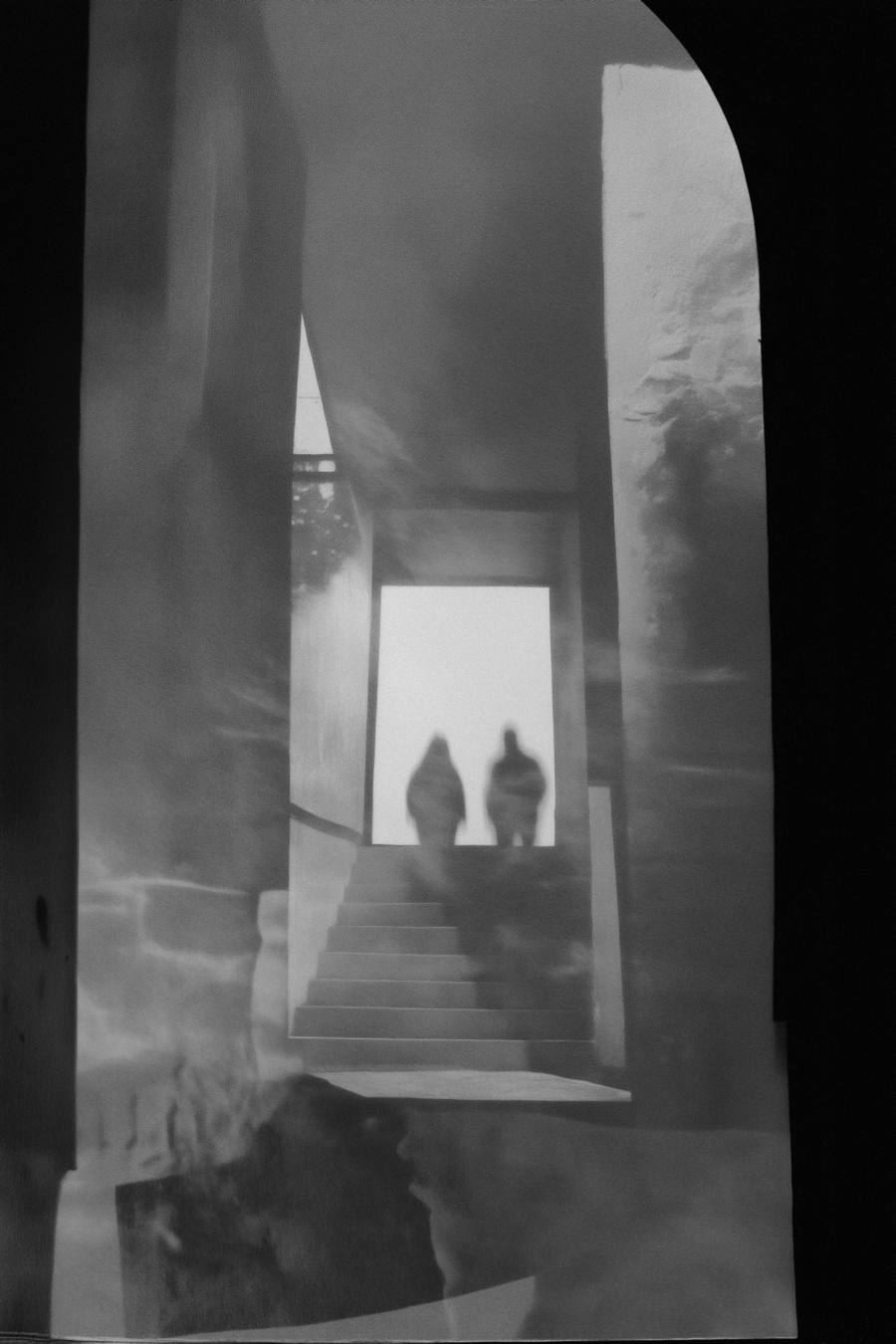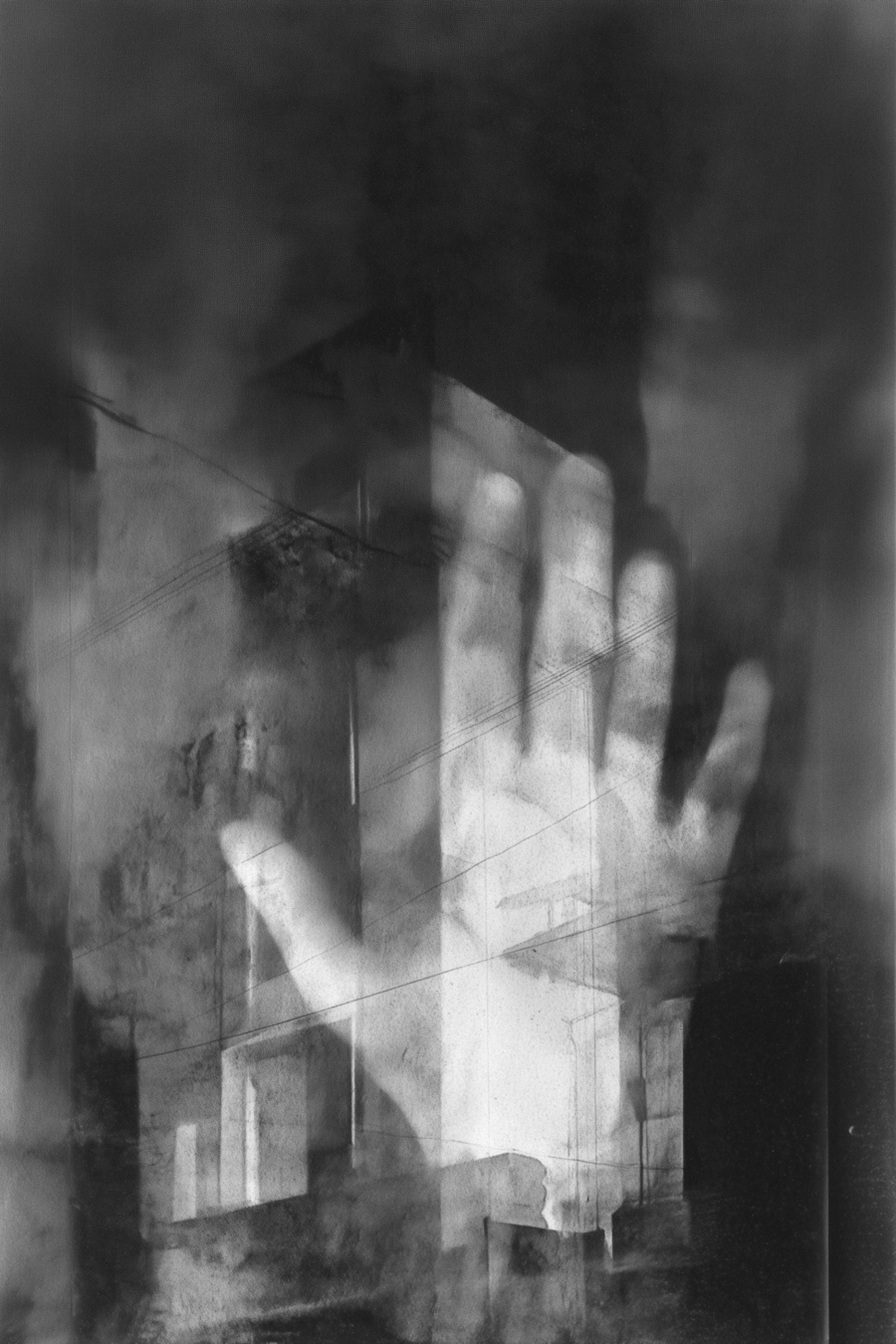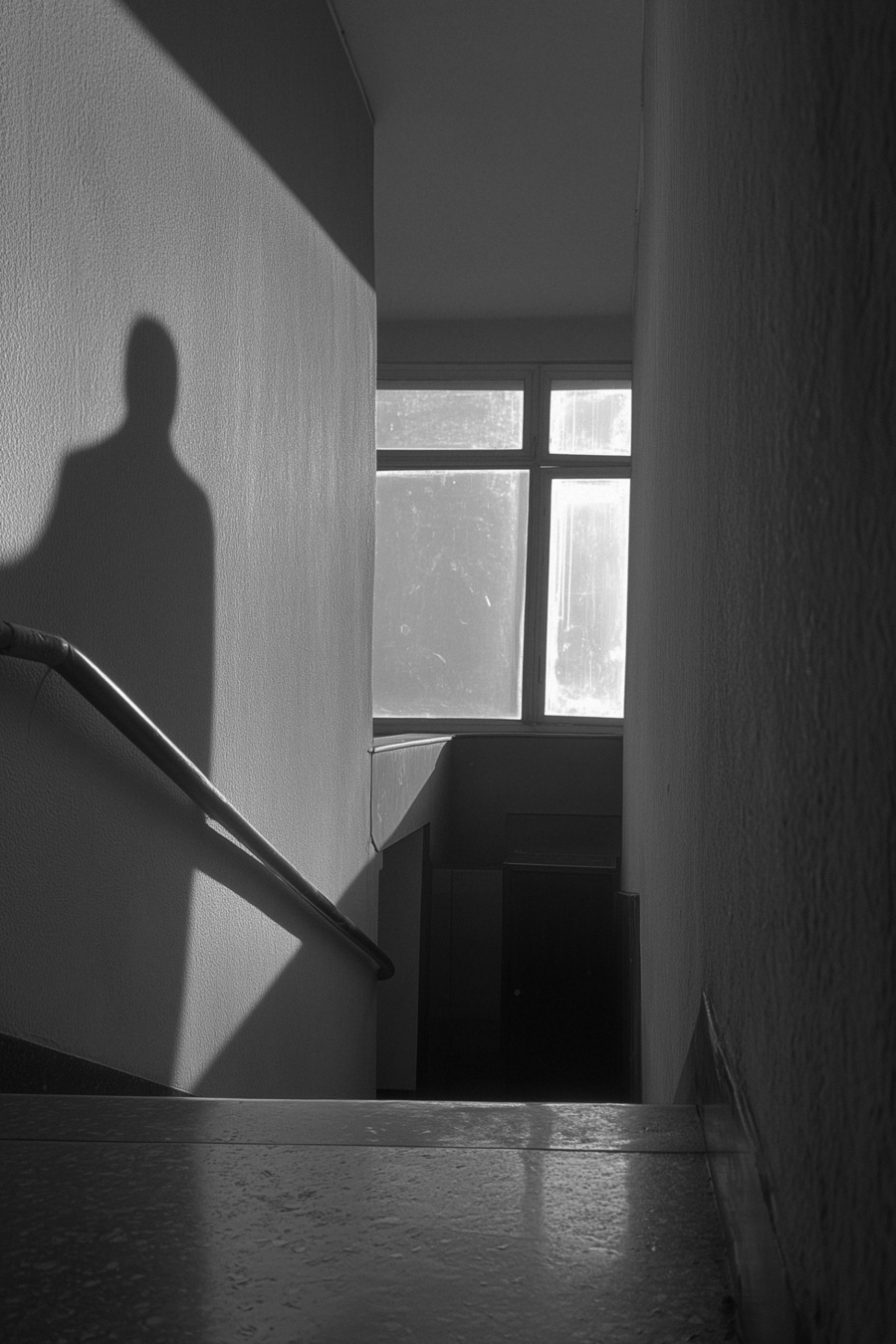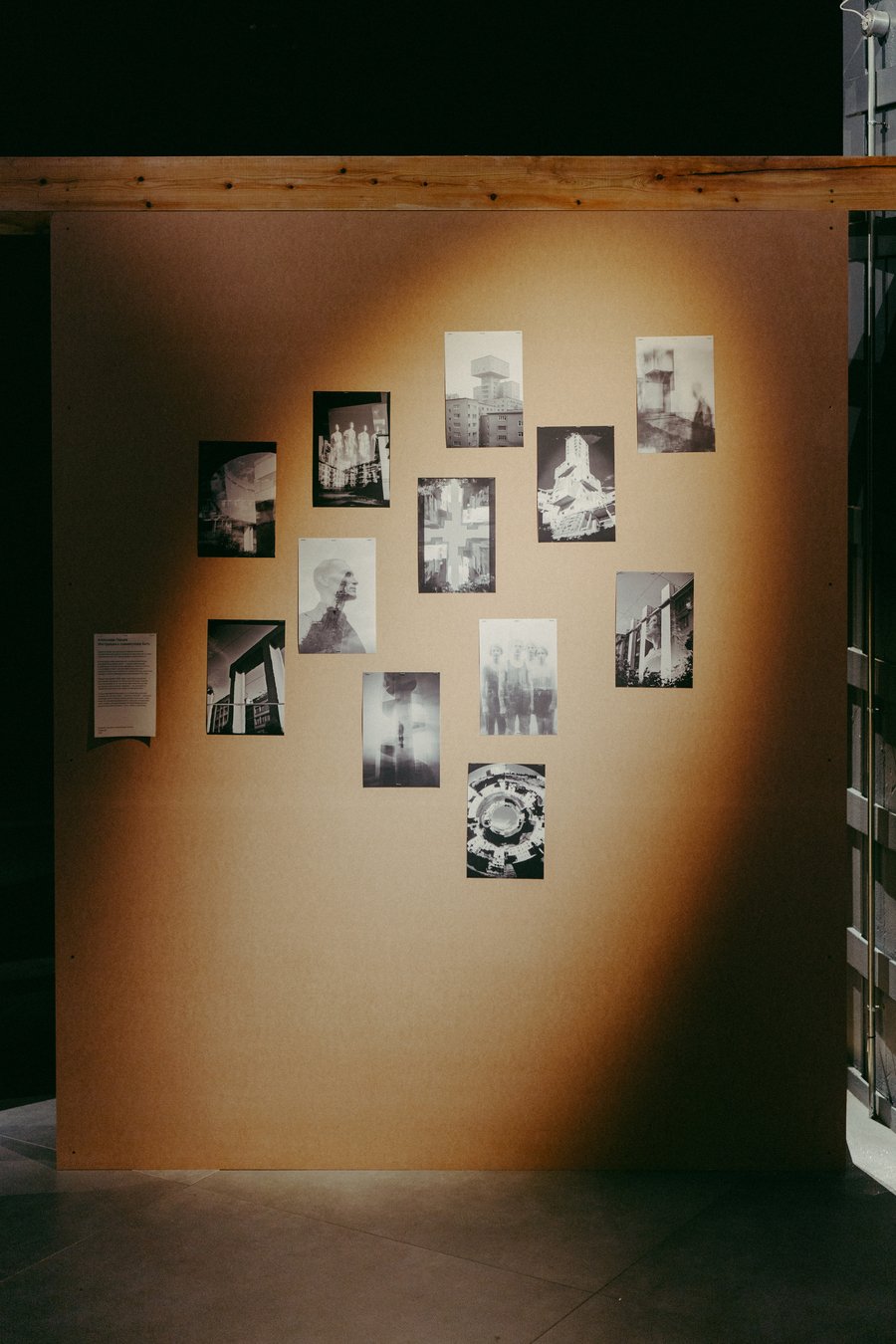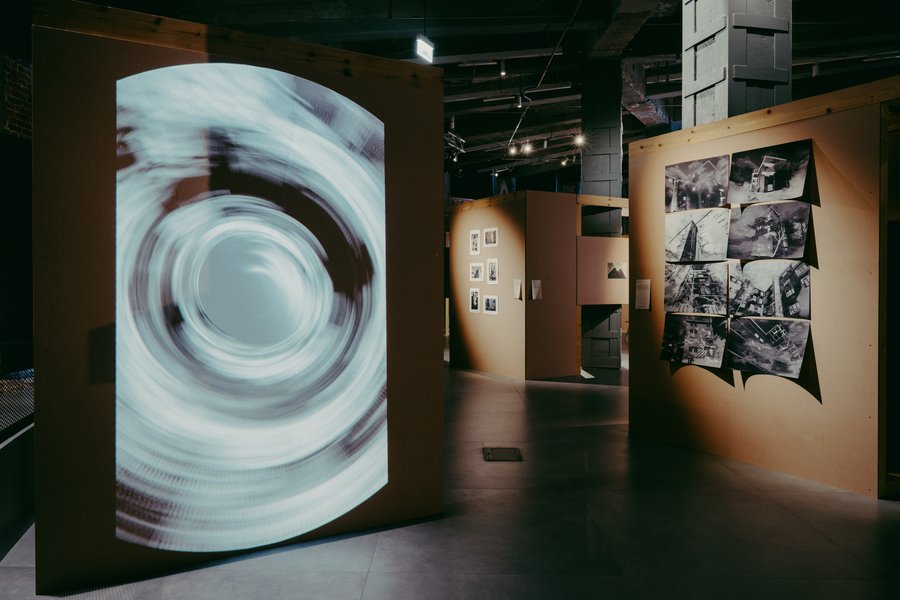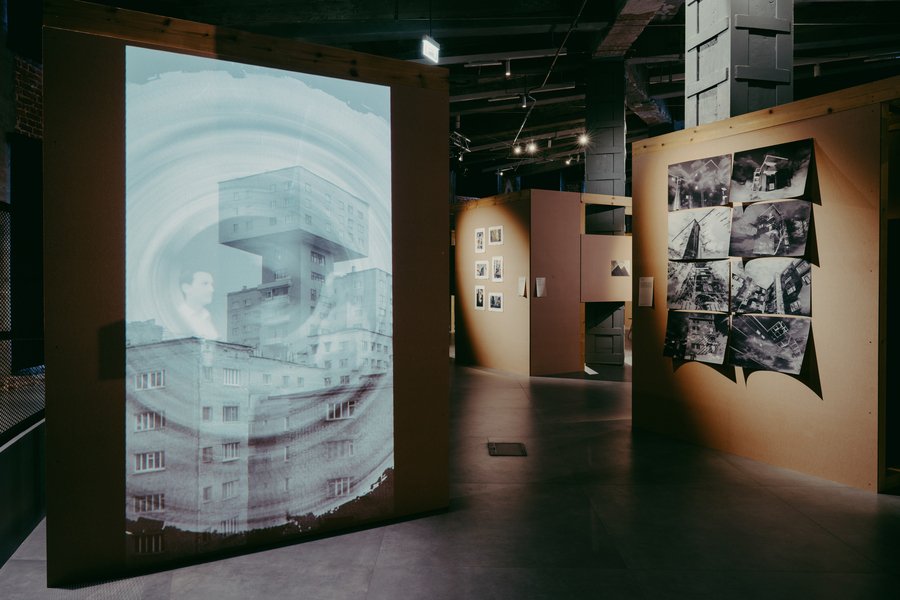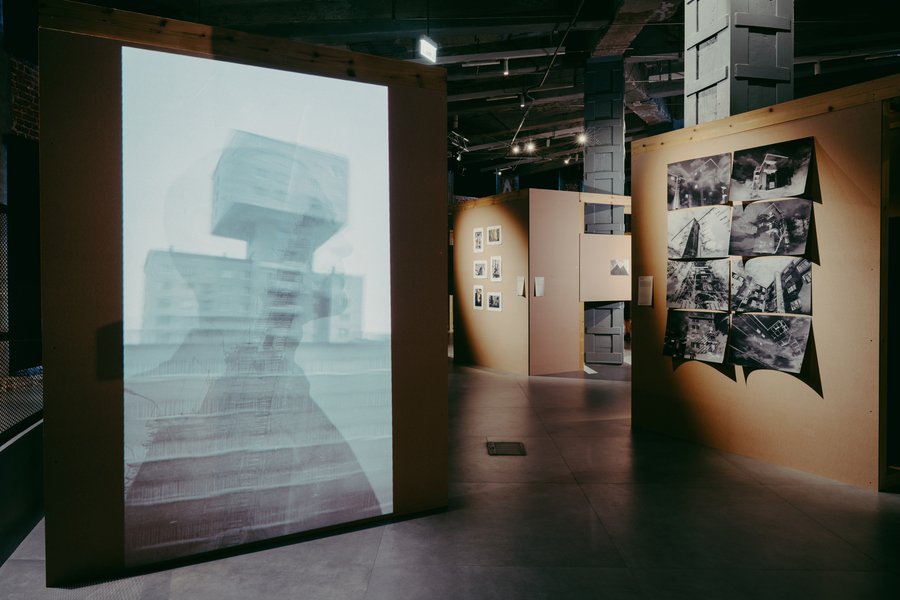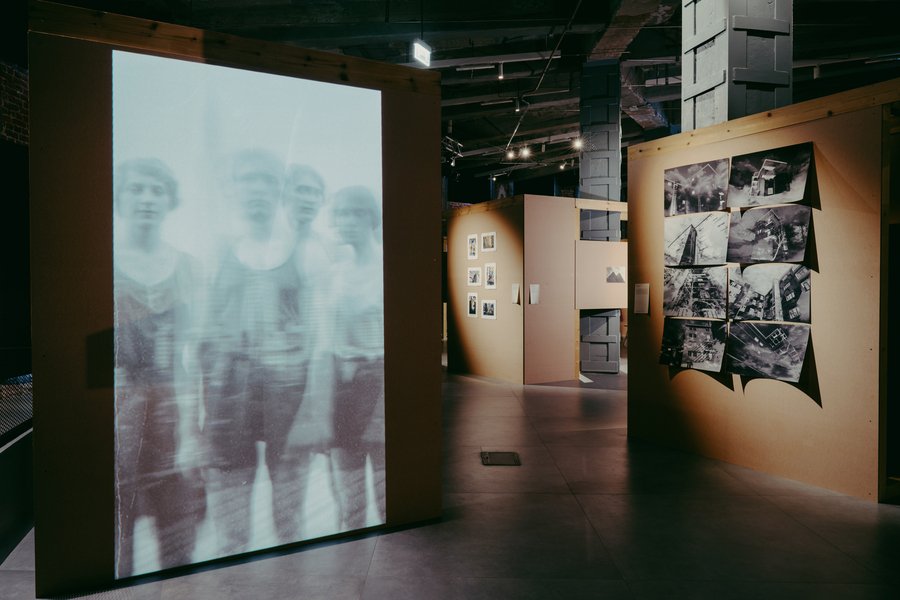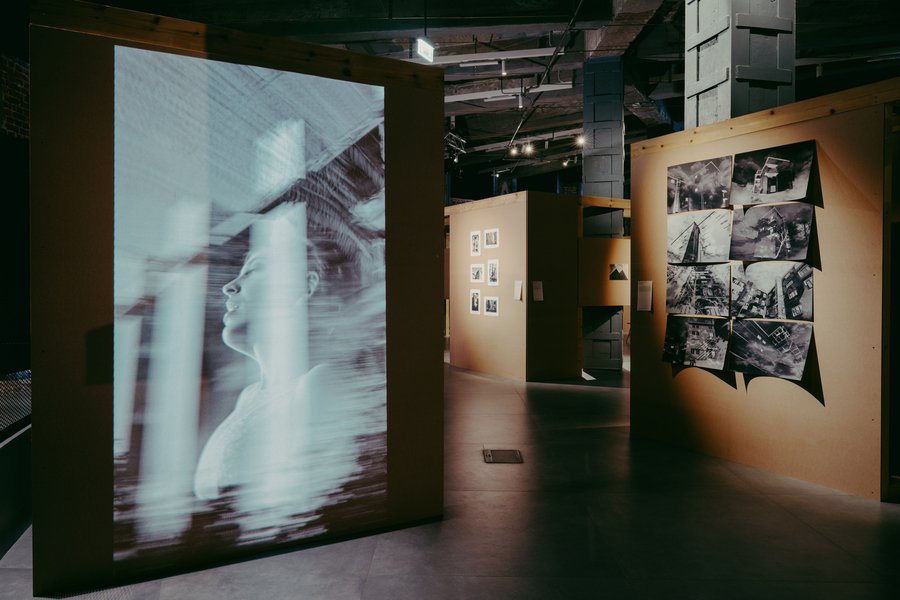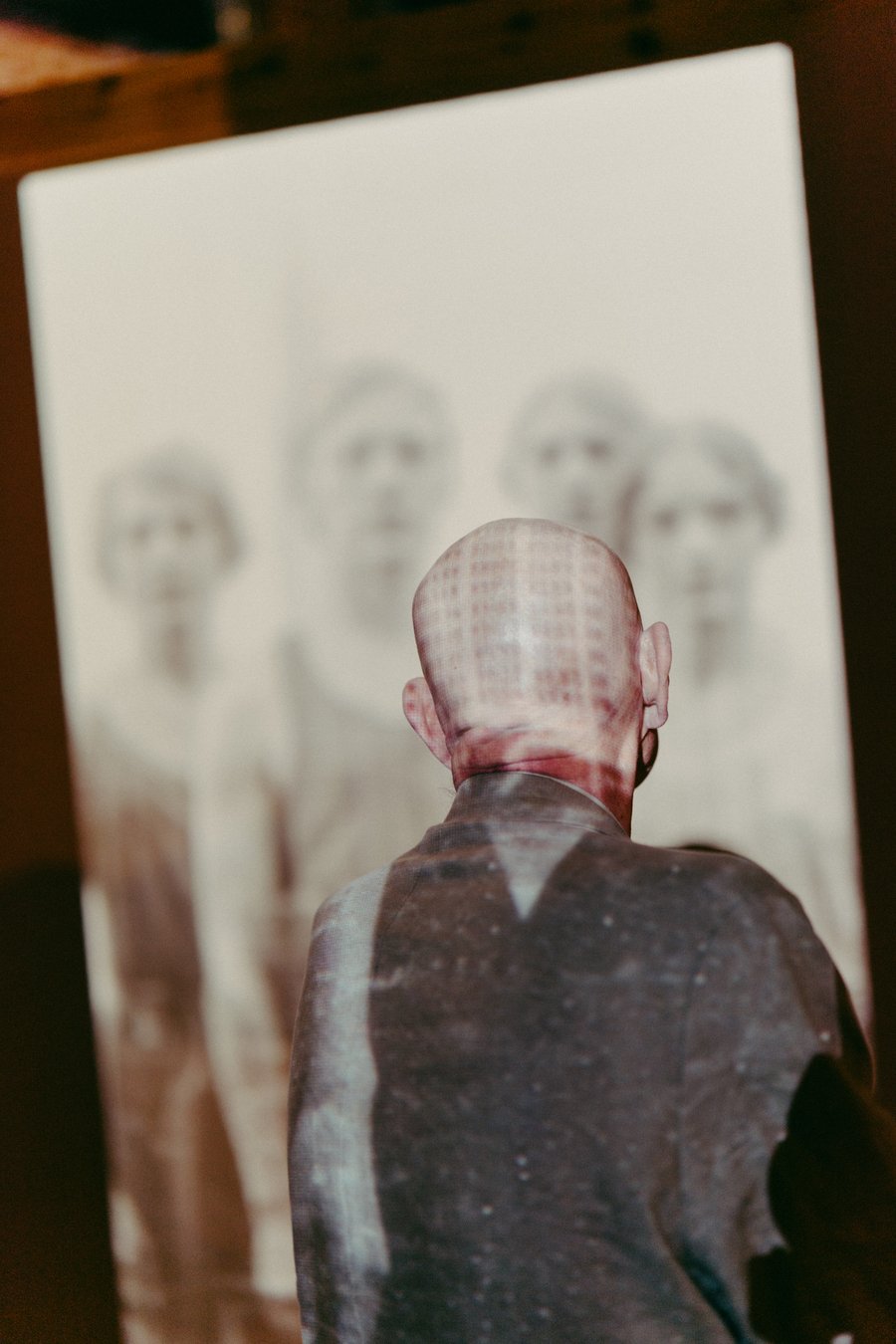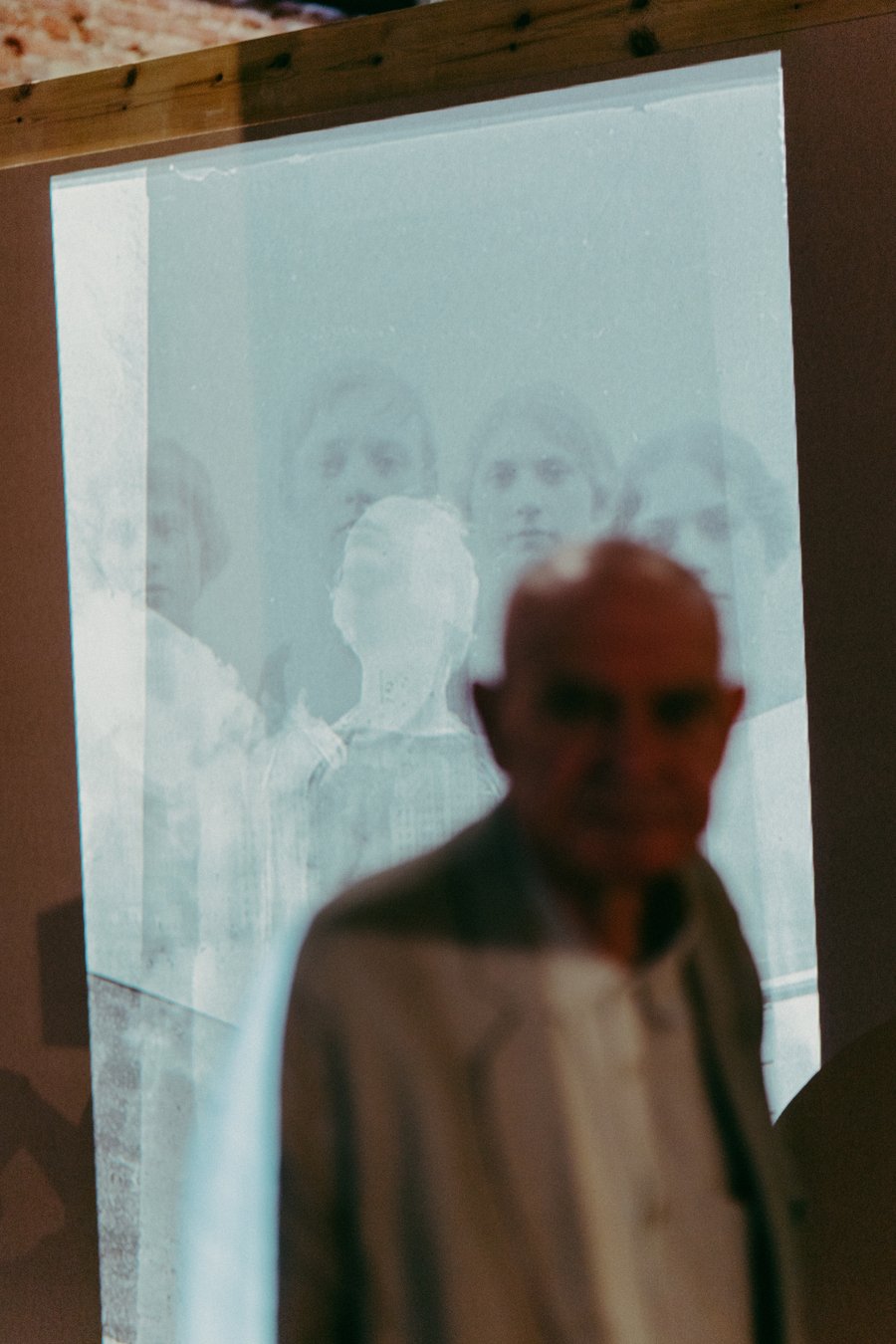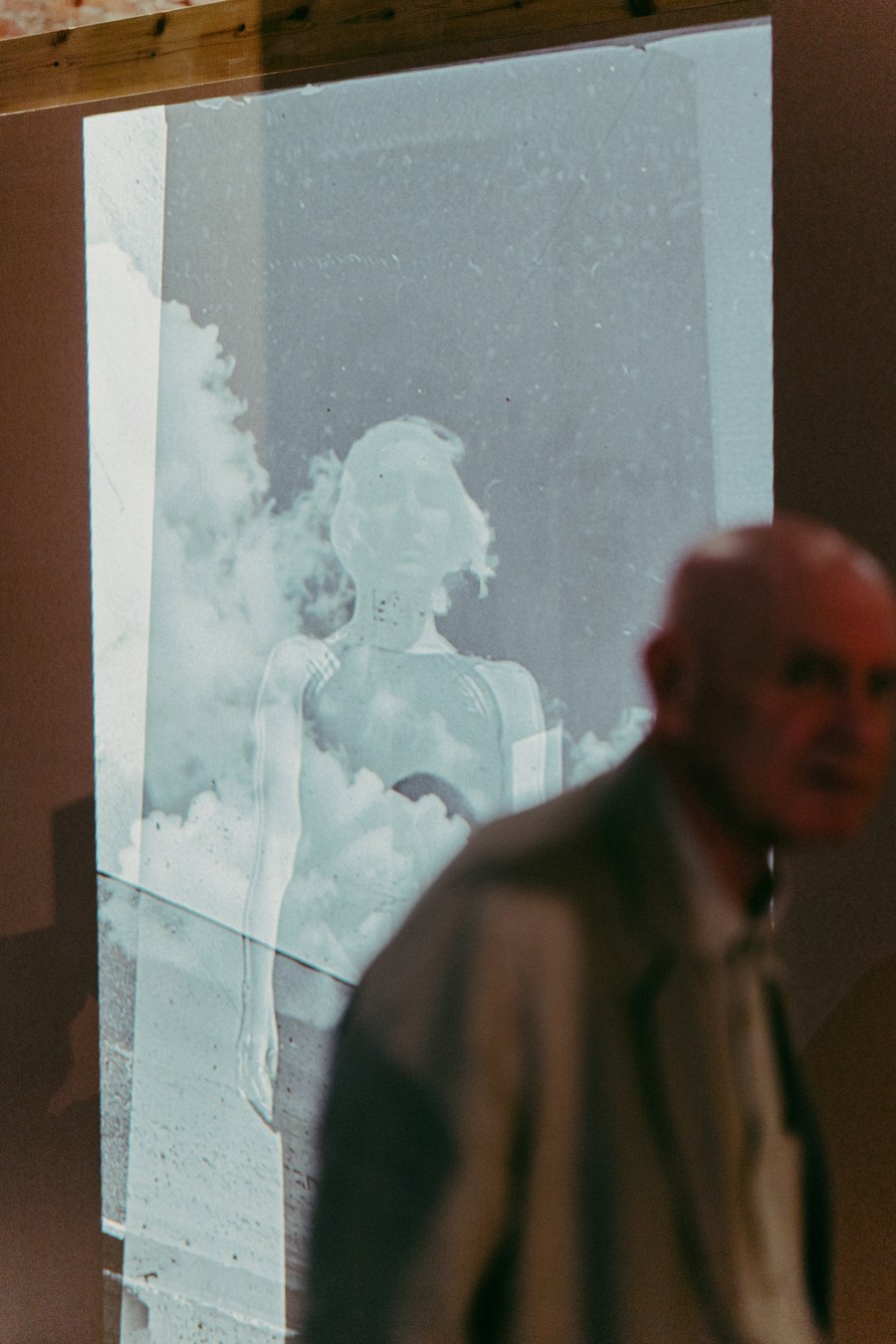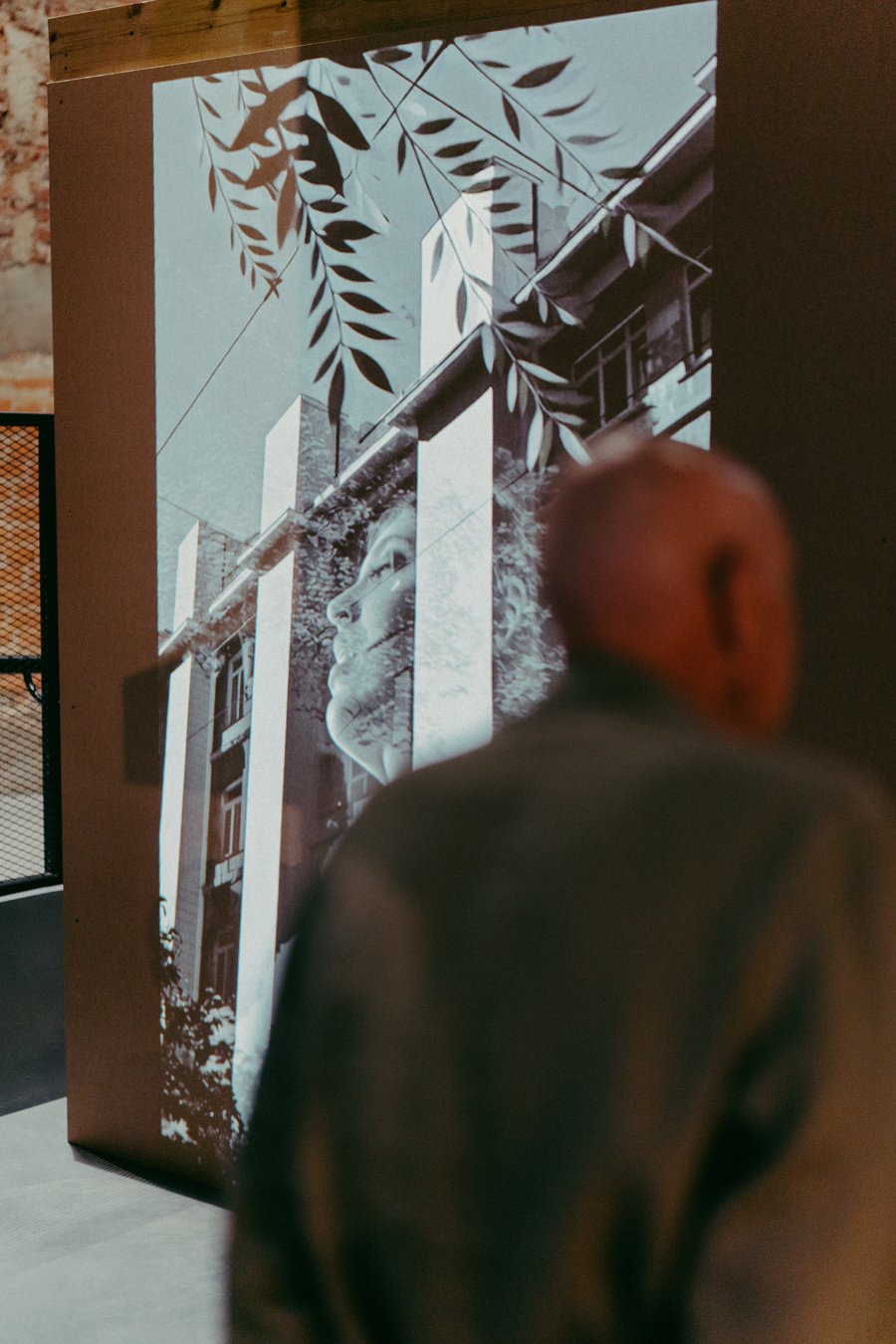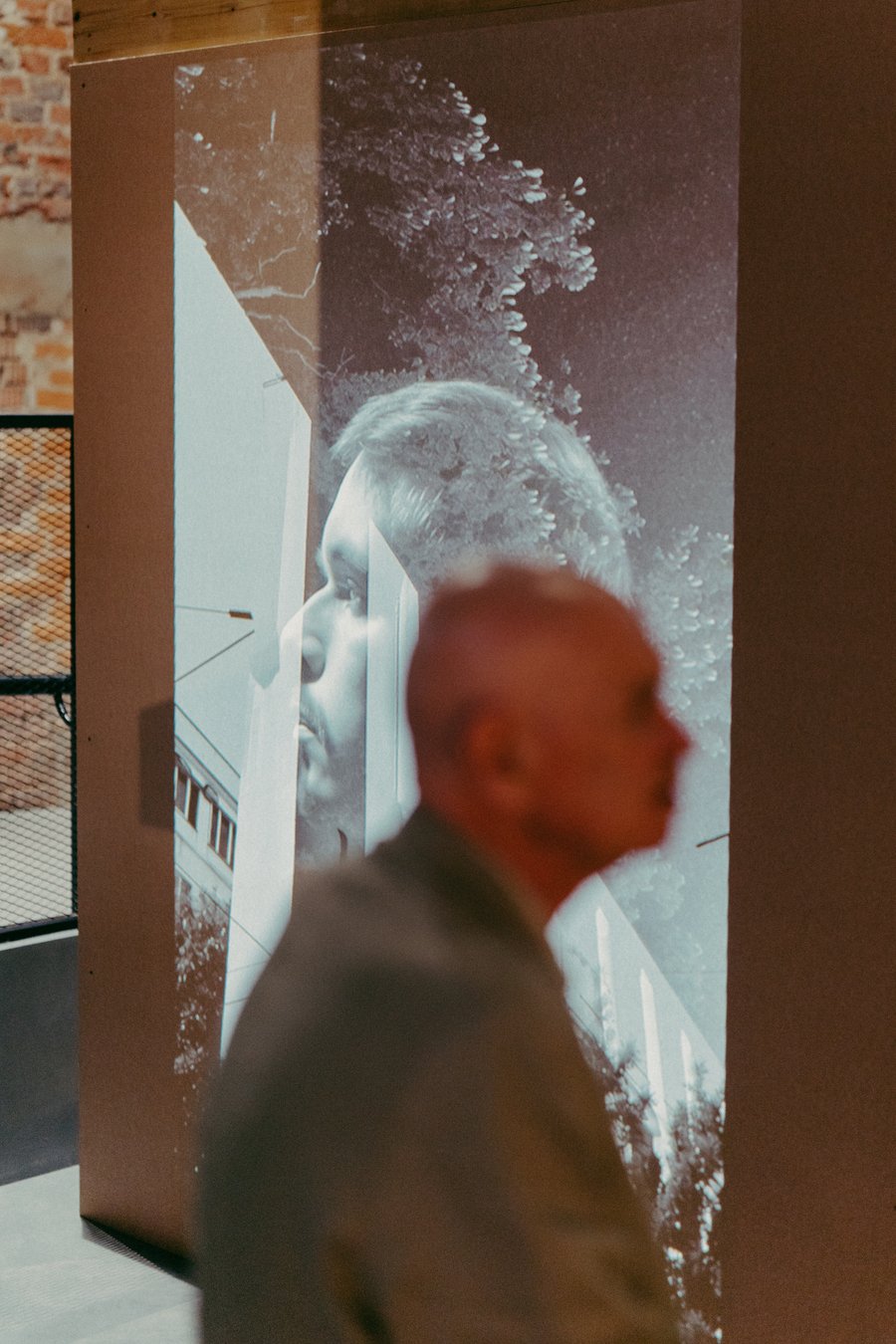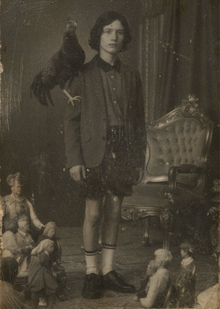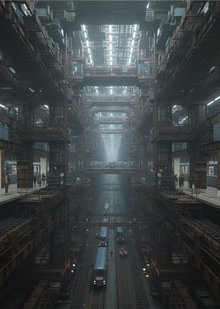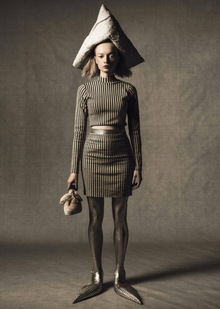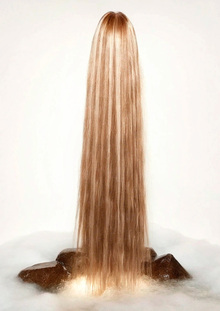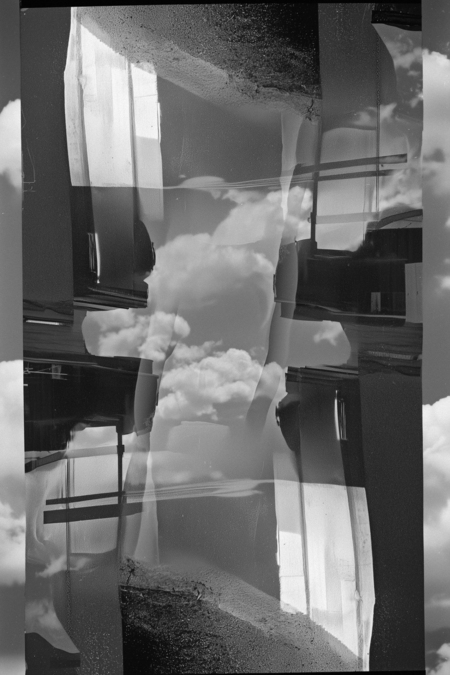
Guidelines for living together
The project raises the question of the extent to which architecture can regulate public and intimate, and what happens when this regulation is met with a human impulse.
Using the visual language of bookings, error of perception, division of invoices, the project replicates the sense of «failure» — not the error of reproduction, but the human impossibility of being whole.
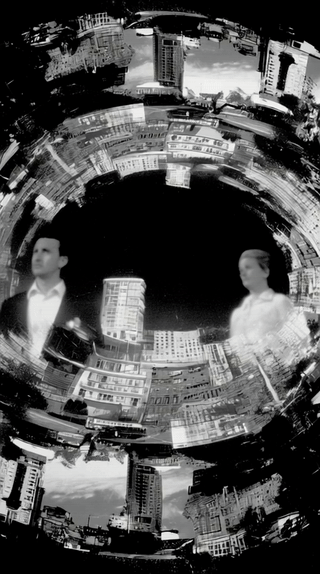
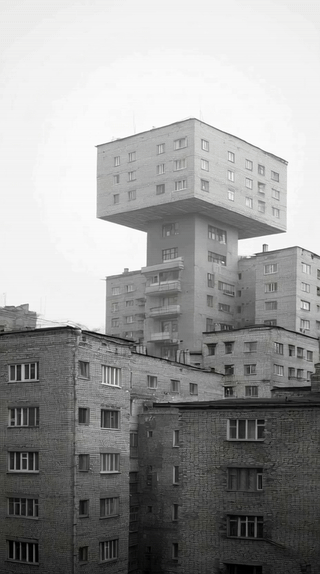
Videos and photos were created by digital and analog overlays that mimic vision fragmentation.
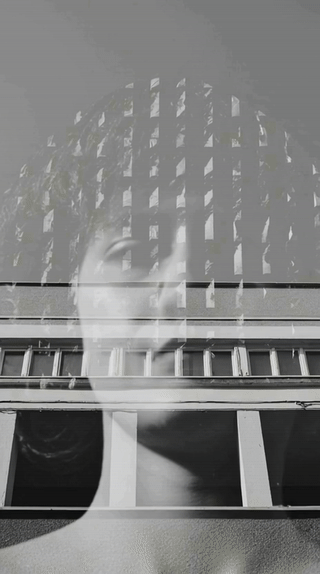
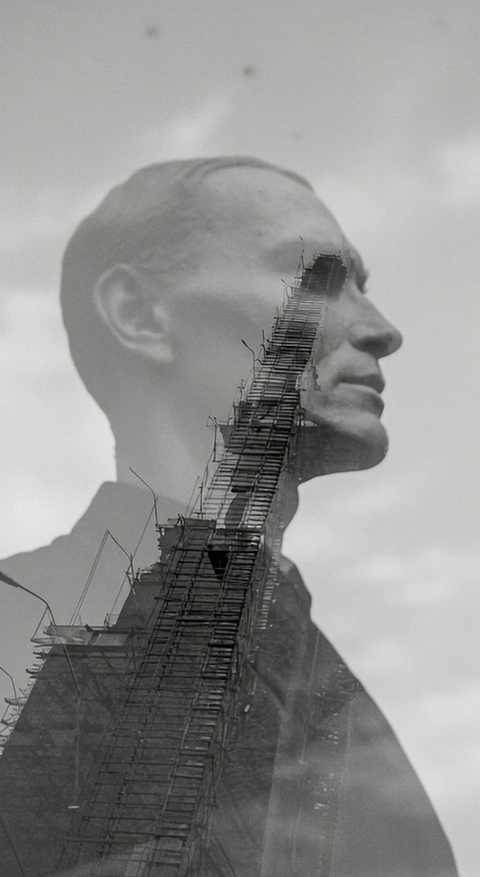
The project deals with the theme of sleep as a place of disorder, where the structural pillars of architecture and linear reality are disappearing.
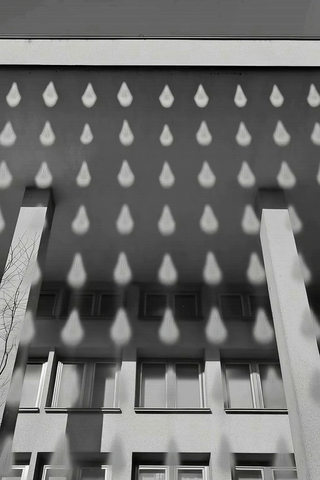
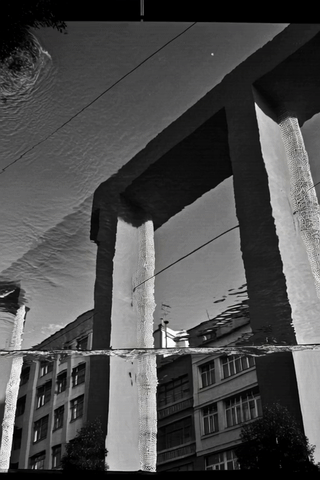
I view sleep as a form of physical resistance — passive anarchy that cannot be organized, calculated, normalized.
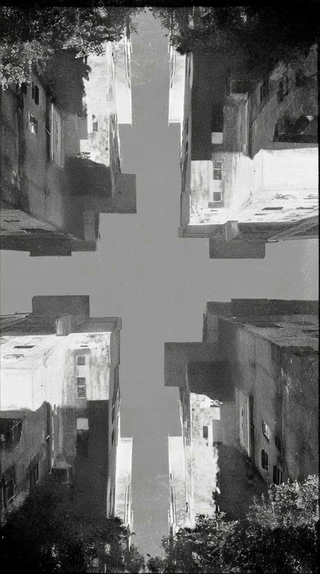
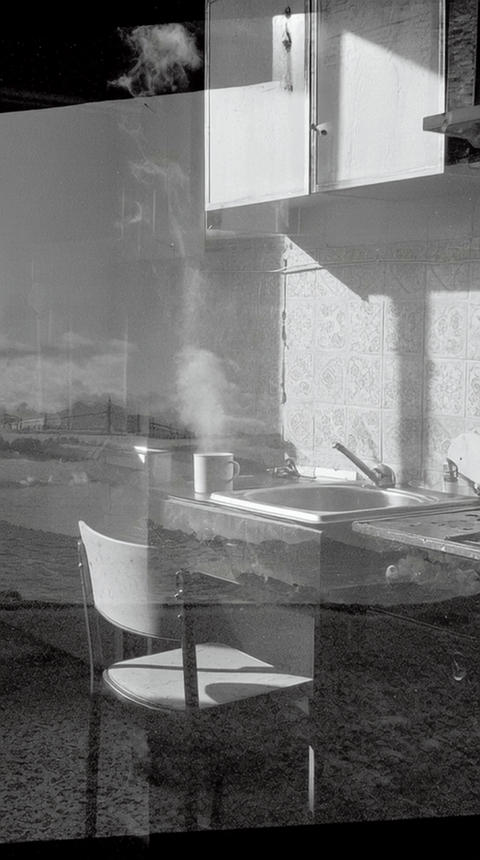
At the intersection of sleep and architecture, there is confusion: between the body and the space, between the gesture and the function, between the perception and the algorithm.
Multimedia video installation project for the «Great mess» exhibit
The Work Guide to Living Together is a multimedia video installation built around a projection on a hanging sheet, like a linen. This domestic, almost intimate, object is becoming the bearer of a paradoxical manifesto: a moderate and policy-making, but also an infested, vague, physical boredom. The male and female voices behind the frame are read in turn — as a decree or decree that not only feels normative, but also a crack through which desire, loneliness, uncertainty can pass. In the background, there are mechanical noises, breathing, sounds of concrete surfaces. All of this forms a sound fabric in which sensitivity and discipline are inseparable. The formalization of speech and hustle suddenly becomes intimate, and architecture is a strange field of proximity. A sheet wrapped up in a gallery as a screen is not just an image bearer; it is a symbol of a fragile order, a household material that absorbs both power and weakness. Like a dream that mixed ideology and the morning after a fight. Work exists in the «Great Disturbance» space as an attempt to capture the residual noise between the lines, between the tenants, between the bodies. Not performance, not a document — rather a dream about how we were taught to live together, but we were still a little alone.
Son as resistance to order
There are no standard operating procedures in sleep based on reflections on the work of the Co-habitation Instruction . There are no linear routes, no straight angles, and no approved regimes. In this sense, sleep is not just a physical necessity, but a resistance to order. It disappears the hierarchy of objects and values, blurs the roles, refuses the very structure that the disciplinary society insists on.
The Directive to Shared Living facility places the viewer in a space where the dream takes its voice and shape. The sterile dictator of the new home, with two votes — male and female — is mixed with heavy breathing, sounds, marches. Everything sounds almost right, almost official — but that’s where the resistance is hidden. It’s not a dream as rest, it’s a dream as a leak, as a failure, as a physical disagreement with how to do it.
The Soviet architecture of early modernism — with its desire to create a rational existence, a collective order, and a utopian rhythm of life — has become a scene where sleep has become a political act. You can’t sleep here without a breach: the body feels too concrete, the bed is too standard, the sound is too loud. But the dream is still happening. It flows through the cracks of ideology, like water through the tile. And in this dream, everything is mixed up: march and sigh, discipline and attraction, intimacy and prescription.
Sleep in this work is not an image, but a method. Method of avoiding clarity. The method of returning subjectivity to the space claimed to be impersonal. Sleep is a way to get the body back into a system that takes it out. Sleep as a form of memory of chaos that was in order and that might come after.
The project was displayed at the Zotov Center at the exhibition «The birth of the future». Curators: Vladislav Efimov, Eugenia Solomatin.
Photo by Michael Grebenskov
The text of the exhibition for the exhibition entitled «The New Future». The project explores the architectural and physical tension of the structural worktowns as a space not only for utopian welfare, but also for emerging new intimacy. In the era of social restructuring, architecture dictated new forms of life — strict, rational, collective. But behind the concrete facades, in the mechanics of the stairs and entrances, in the exact drawings of the new housing cells, the flesh of the new intimateity — working together, waiting together, bringing close touch and view. The work consists of a series of black-and-white visual compositions combining images of architectural structures and silhouettes of tenants. The facades, the stairwells, the gaps, and the corridors — as areas of convergence and body marking in the new collective home — have been re-thinking. There is also a video work in which the sound complements the visual layer: two voices — male and female — alternate by reading the texts in the rhythm of the poetry of the decree of a new life, a new era. Their tone is formalized, broken, interrupted by noises, sounds, but through intermittent electrified breathing there is a desire to live, to love, and to feel.
